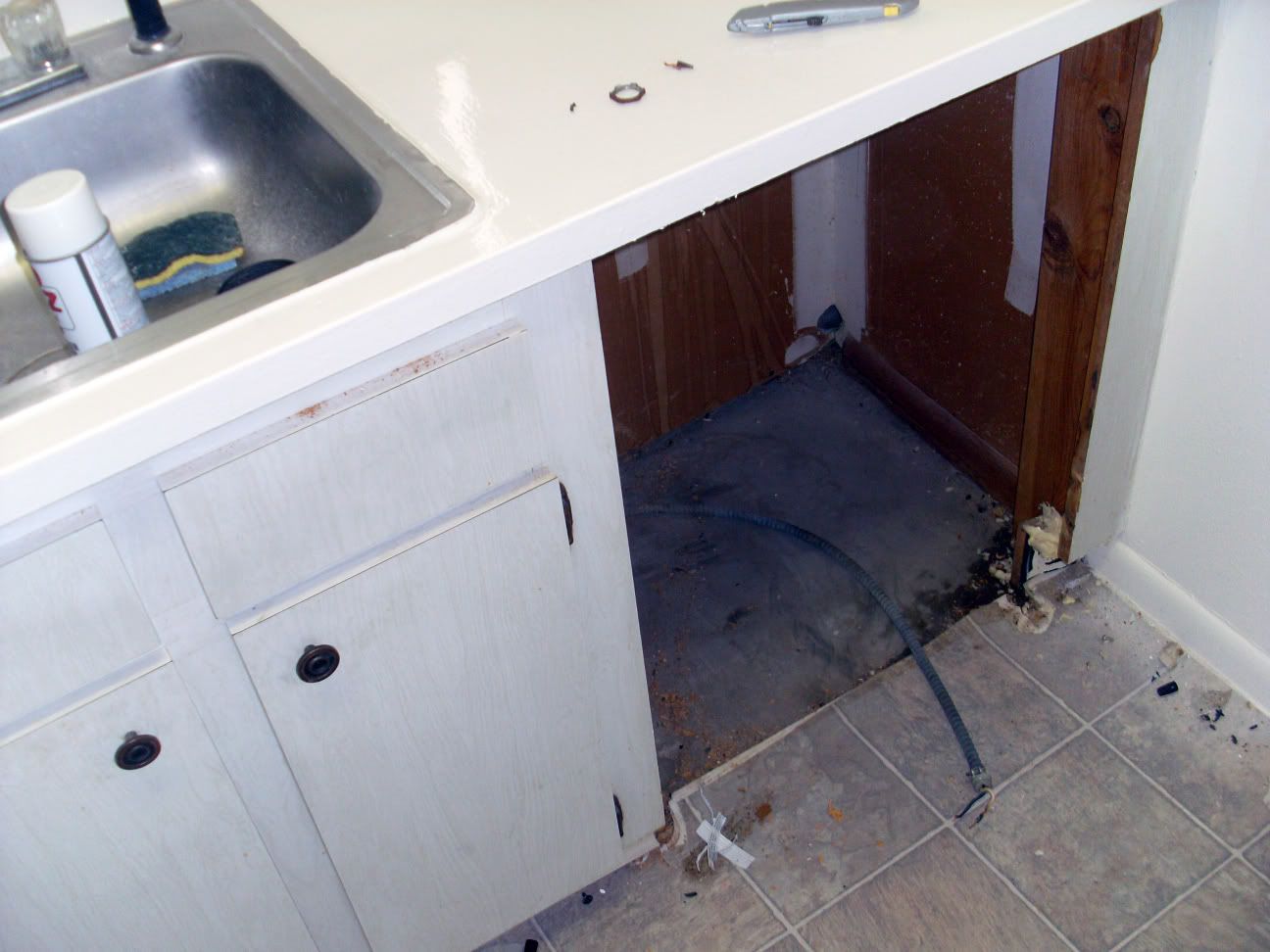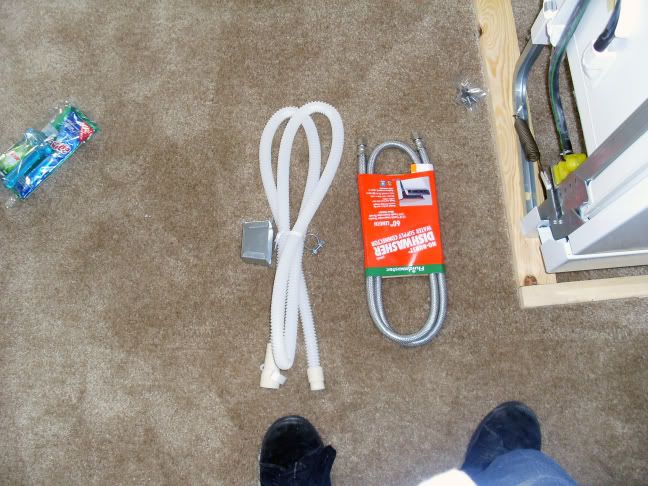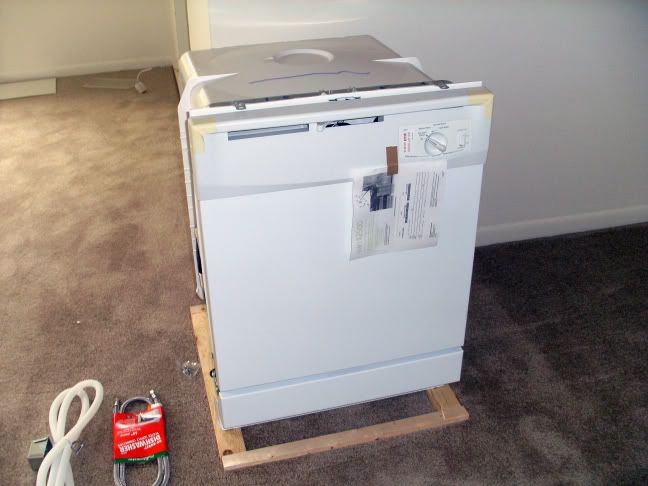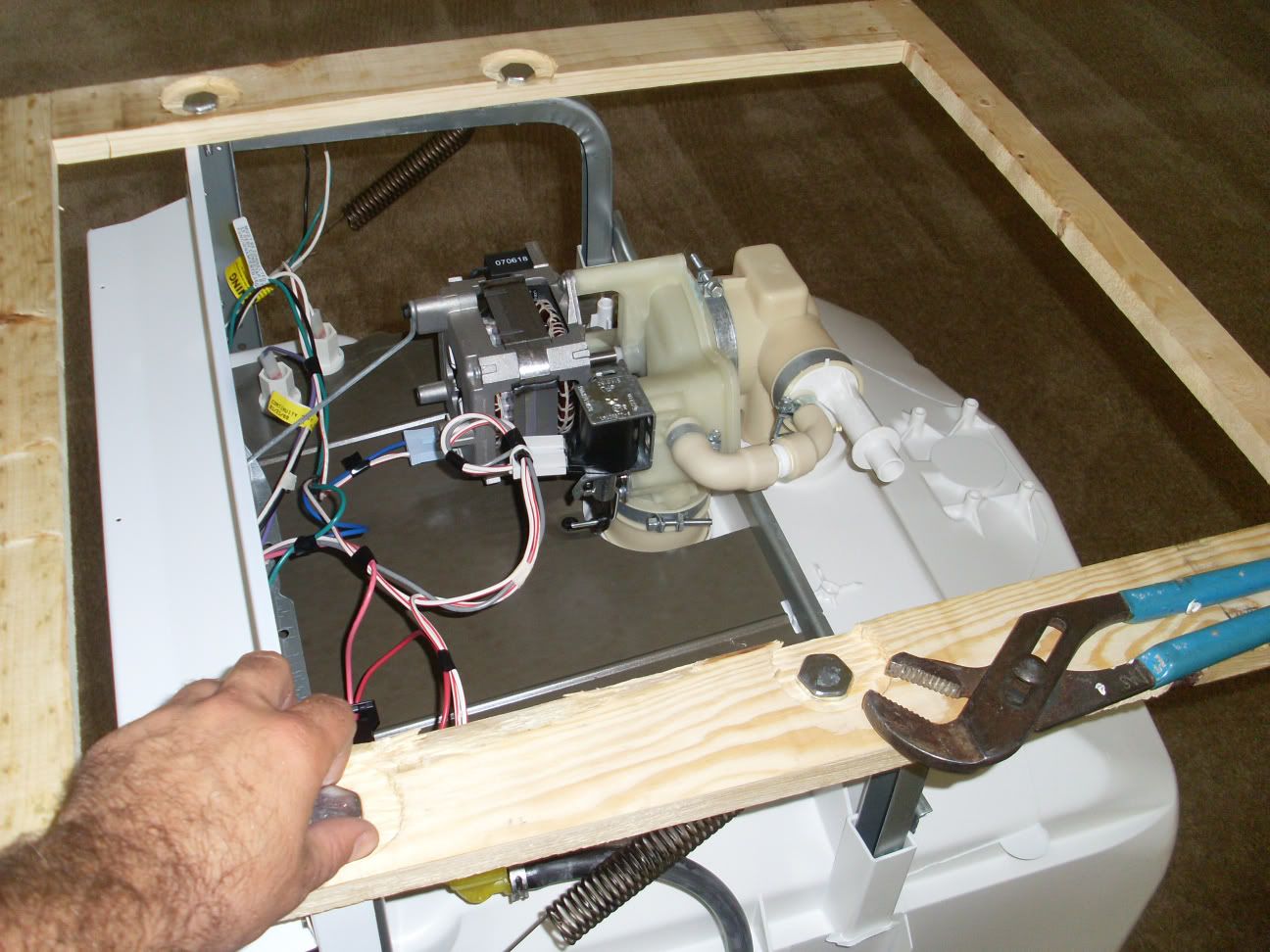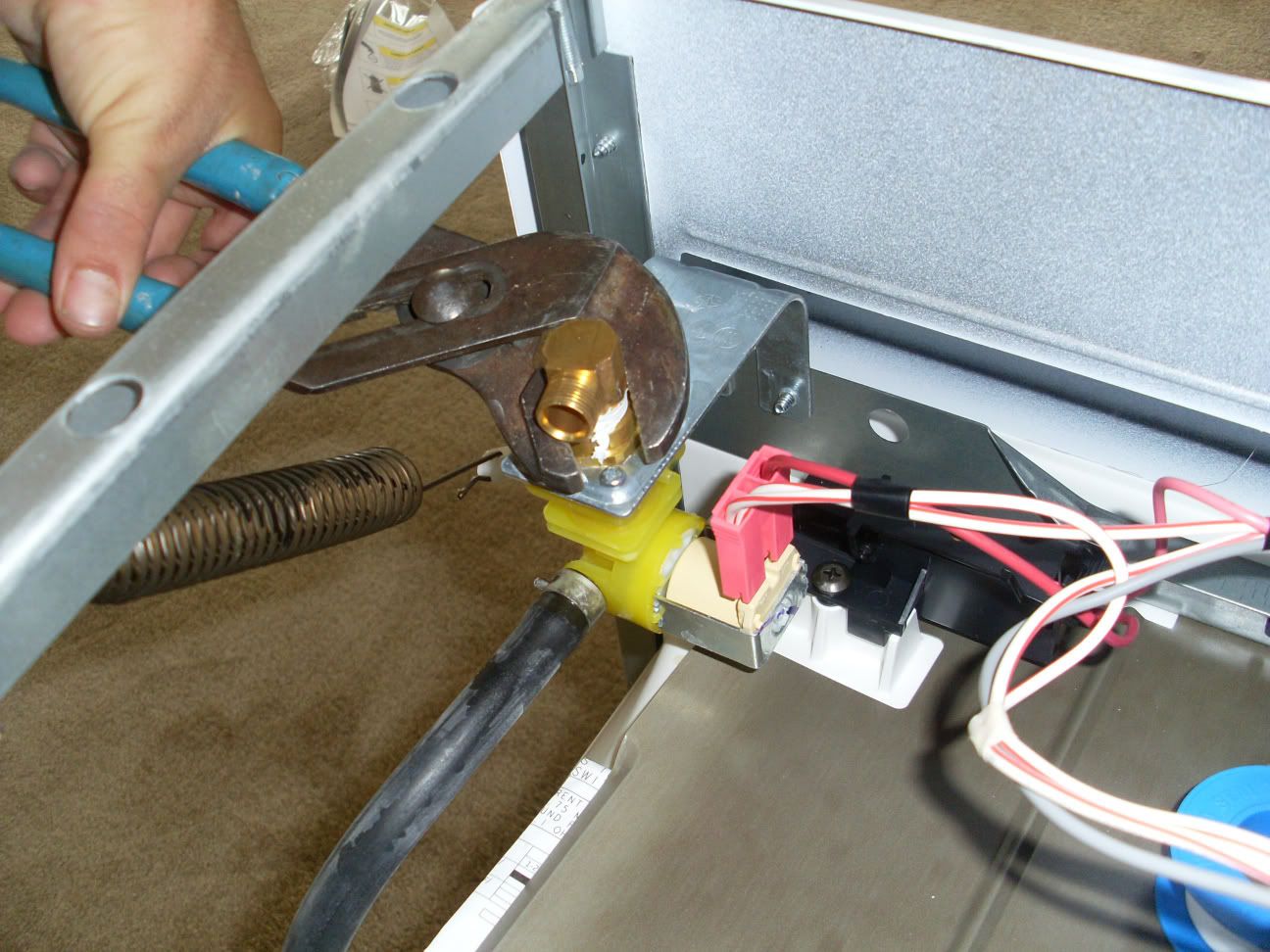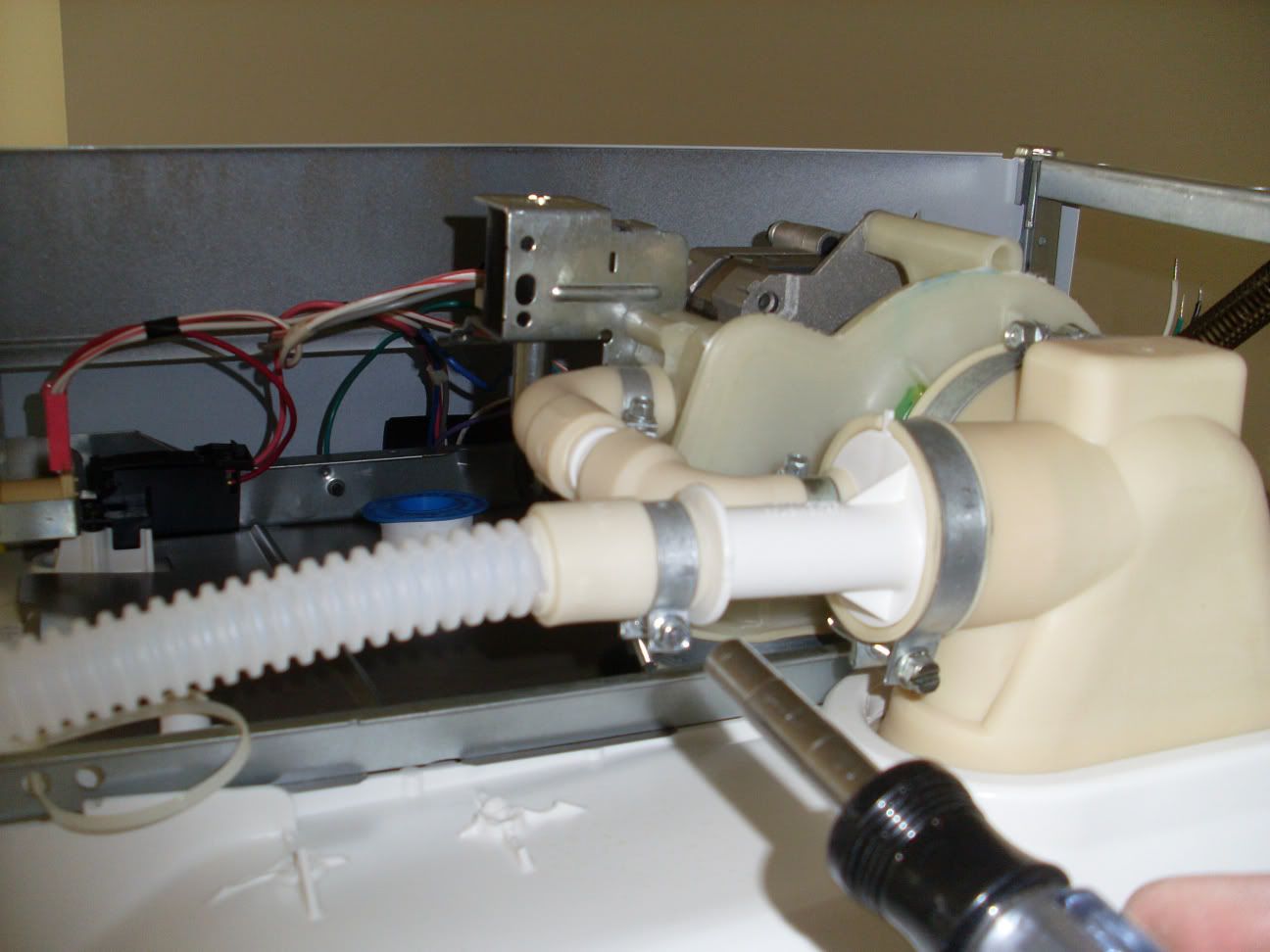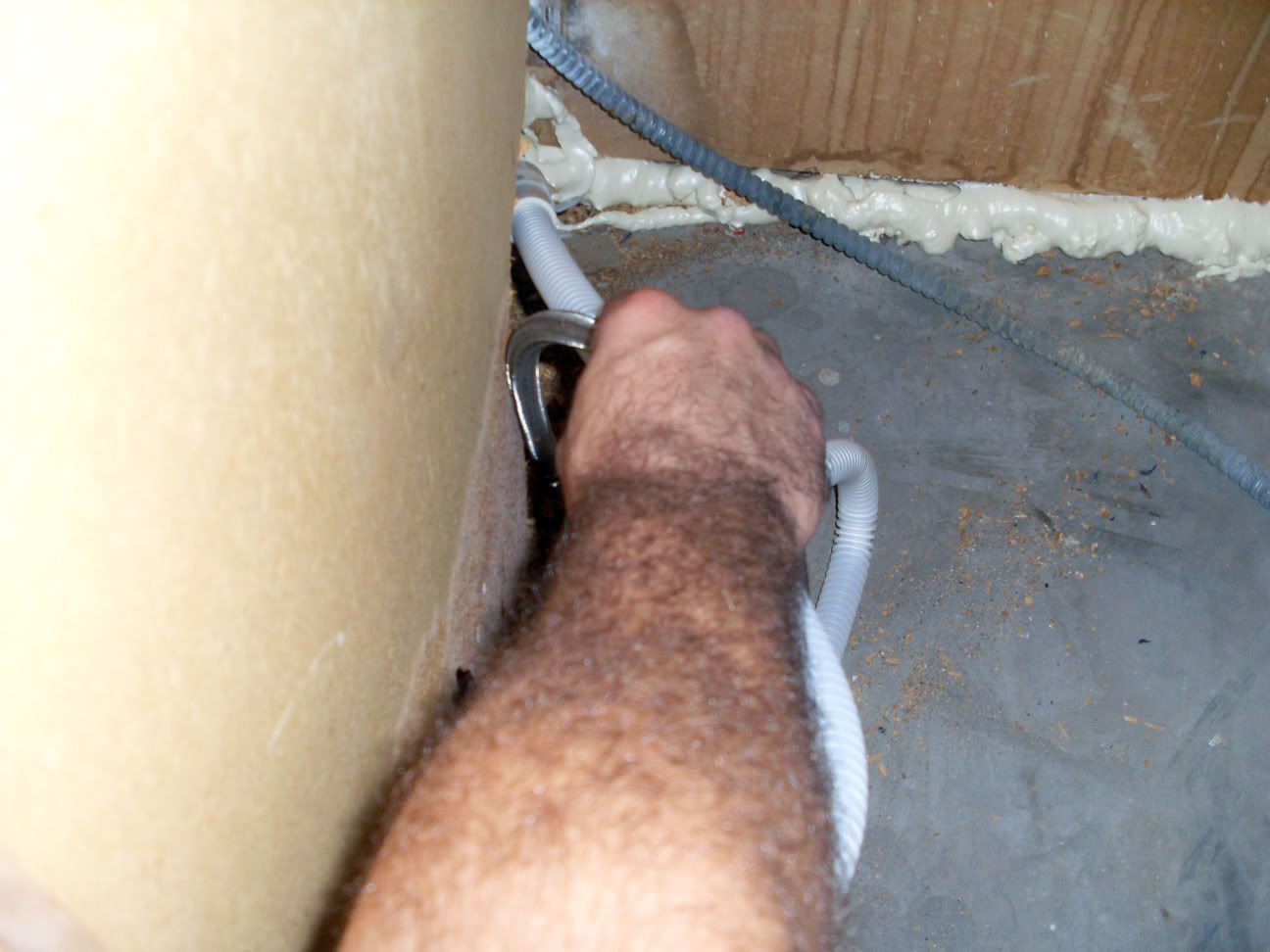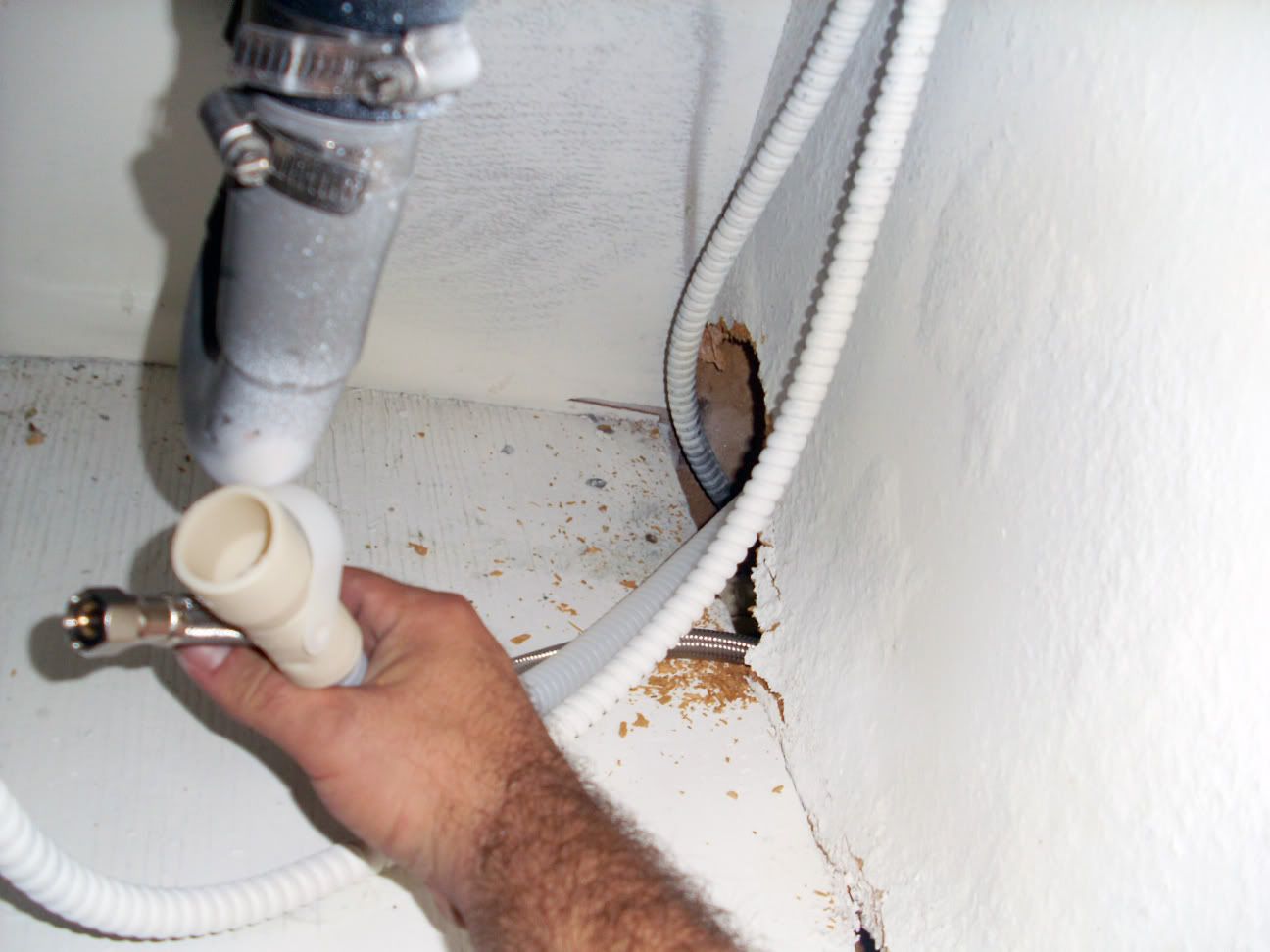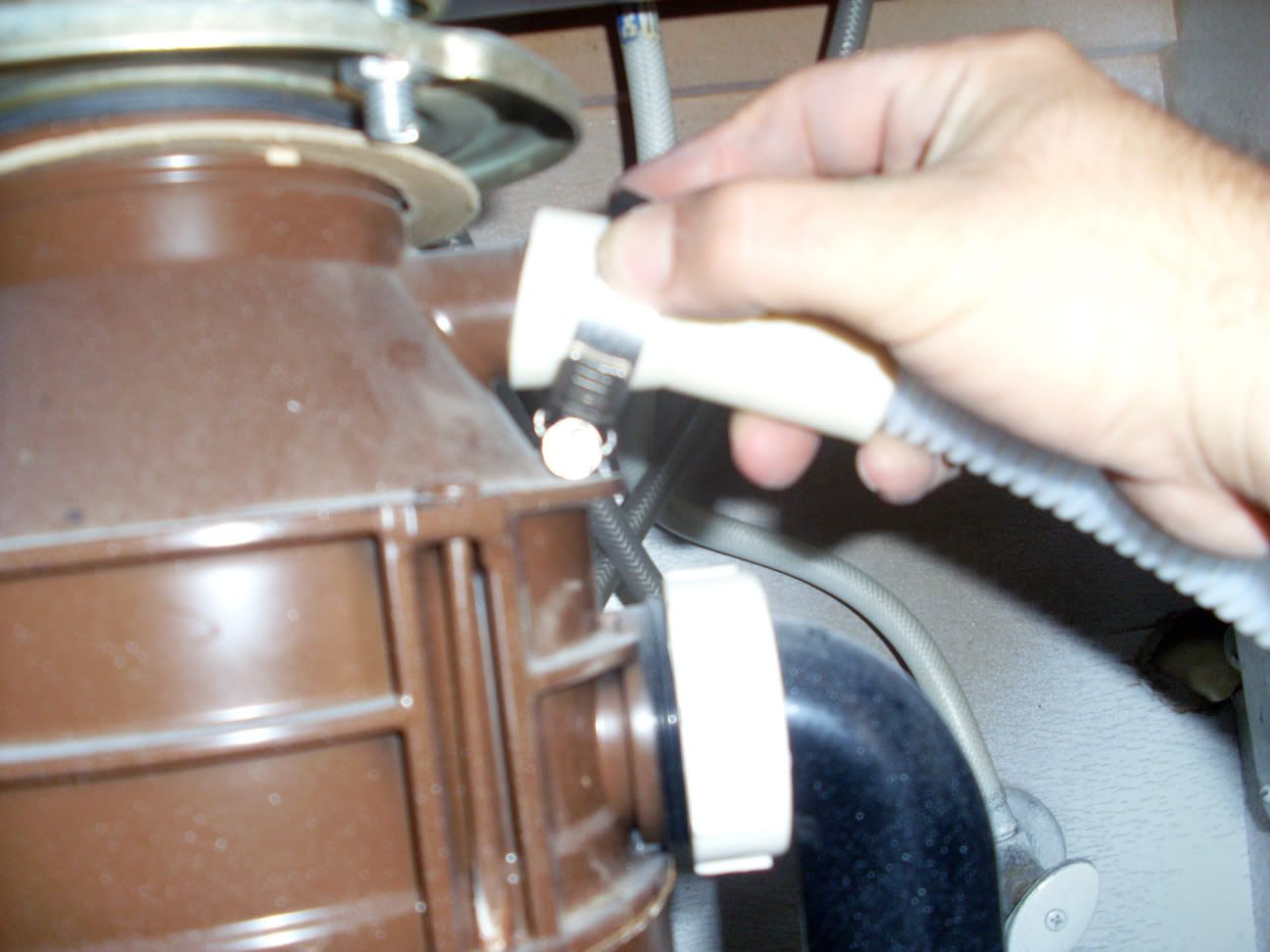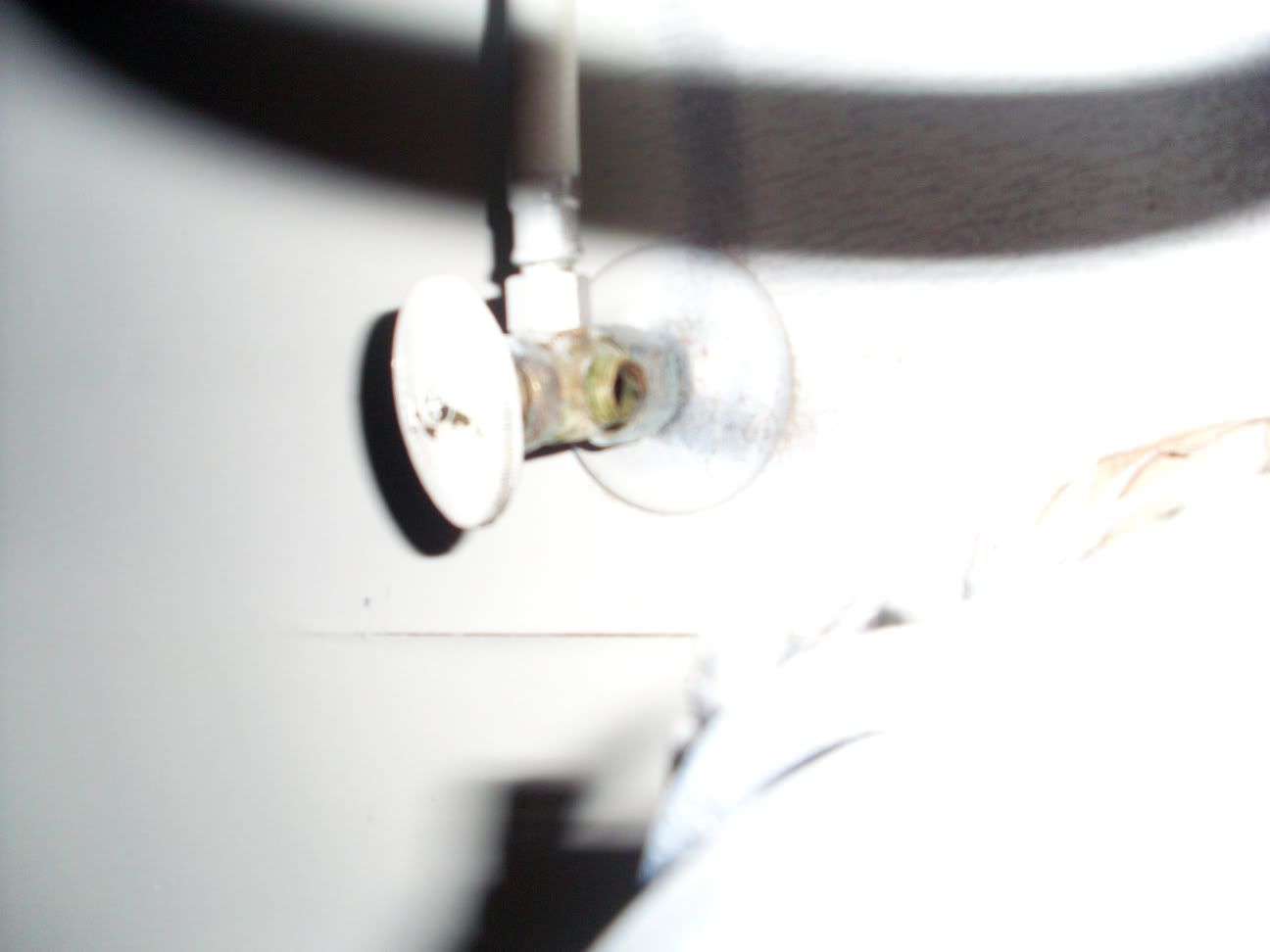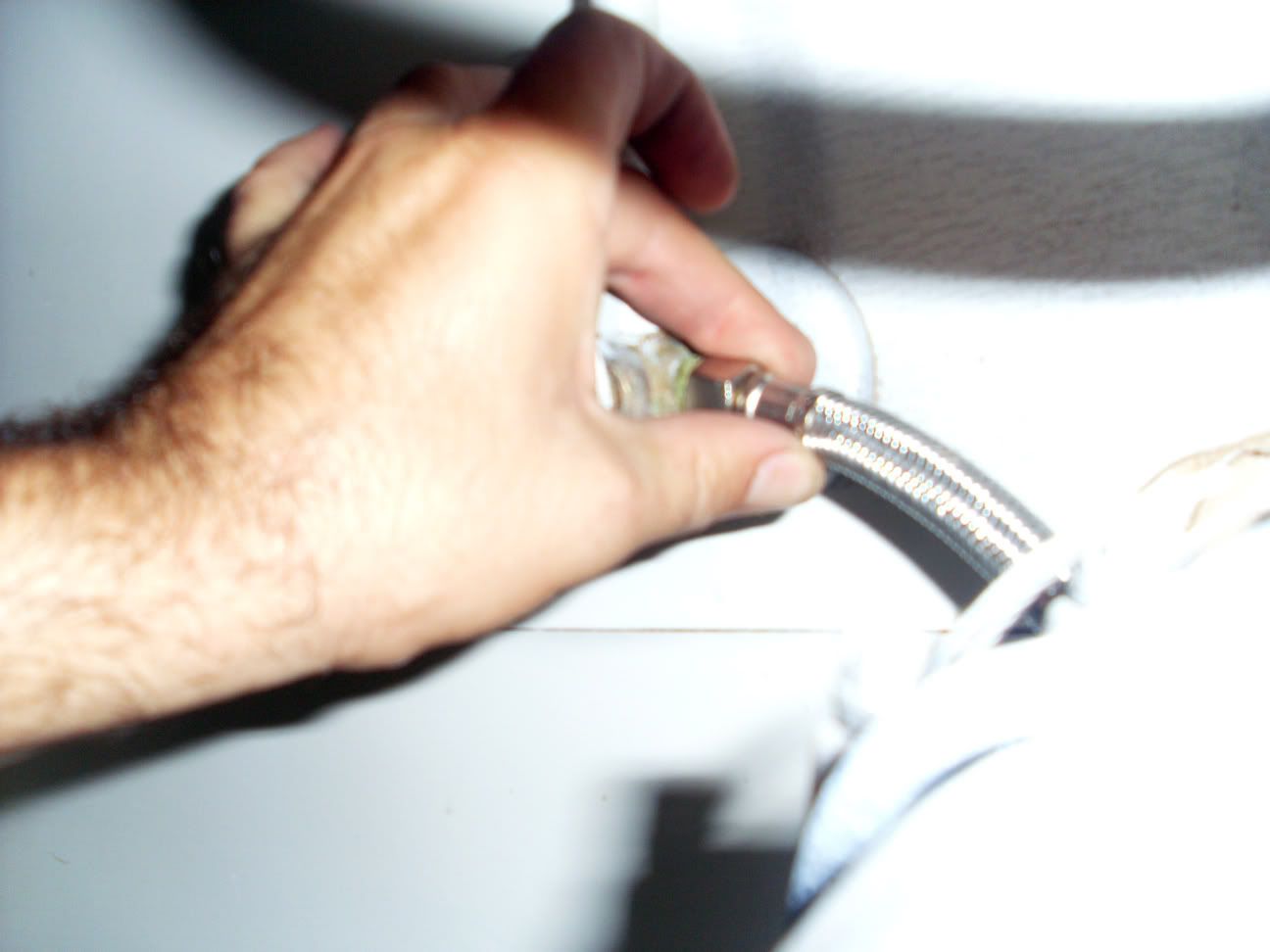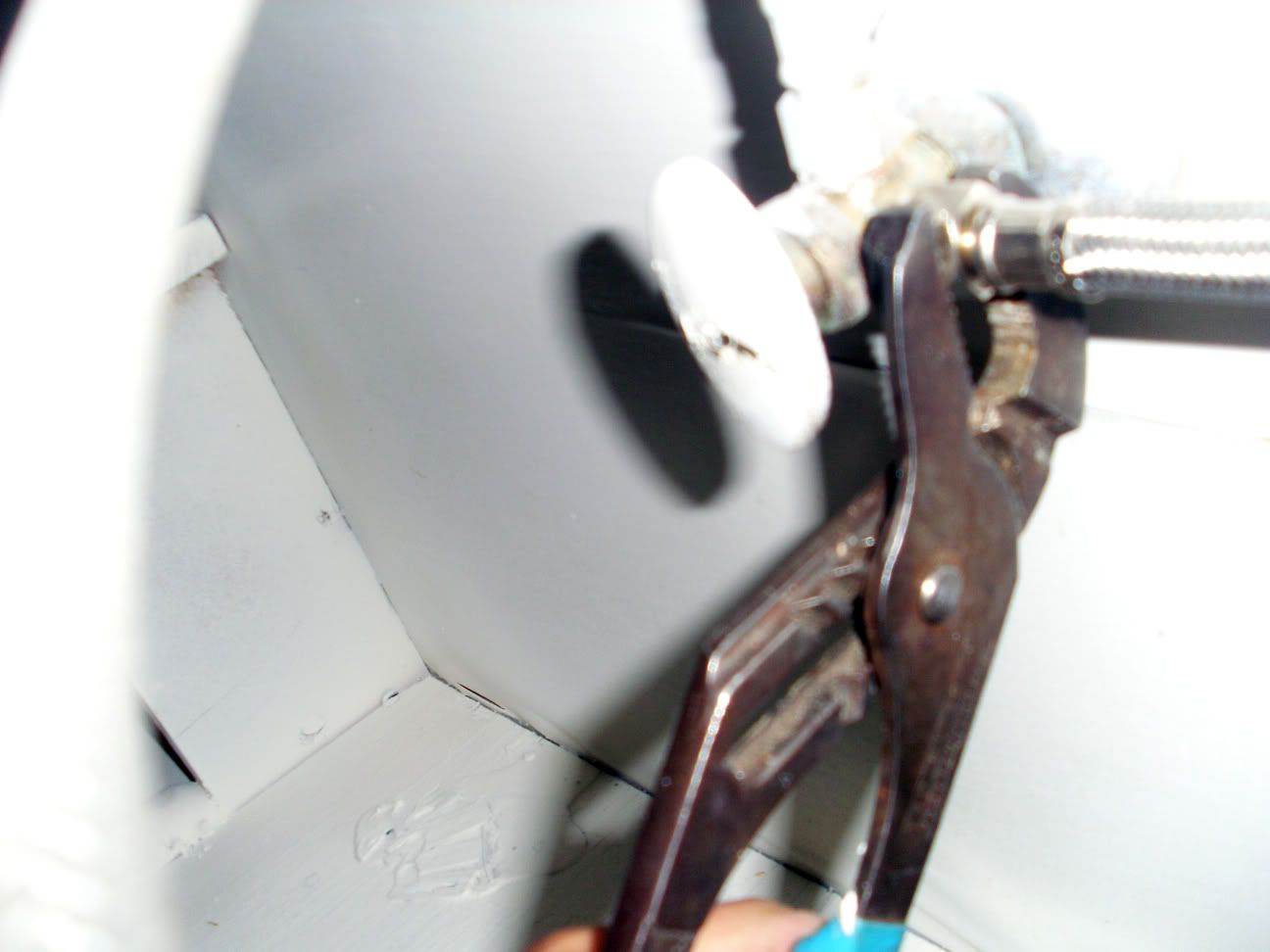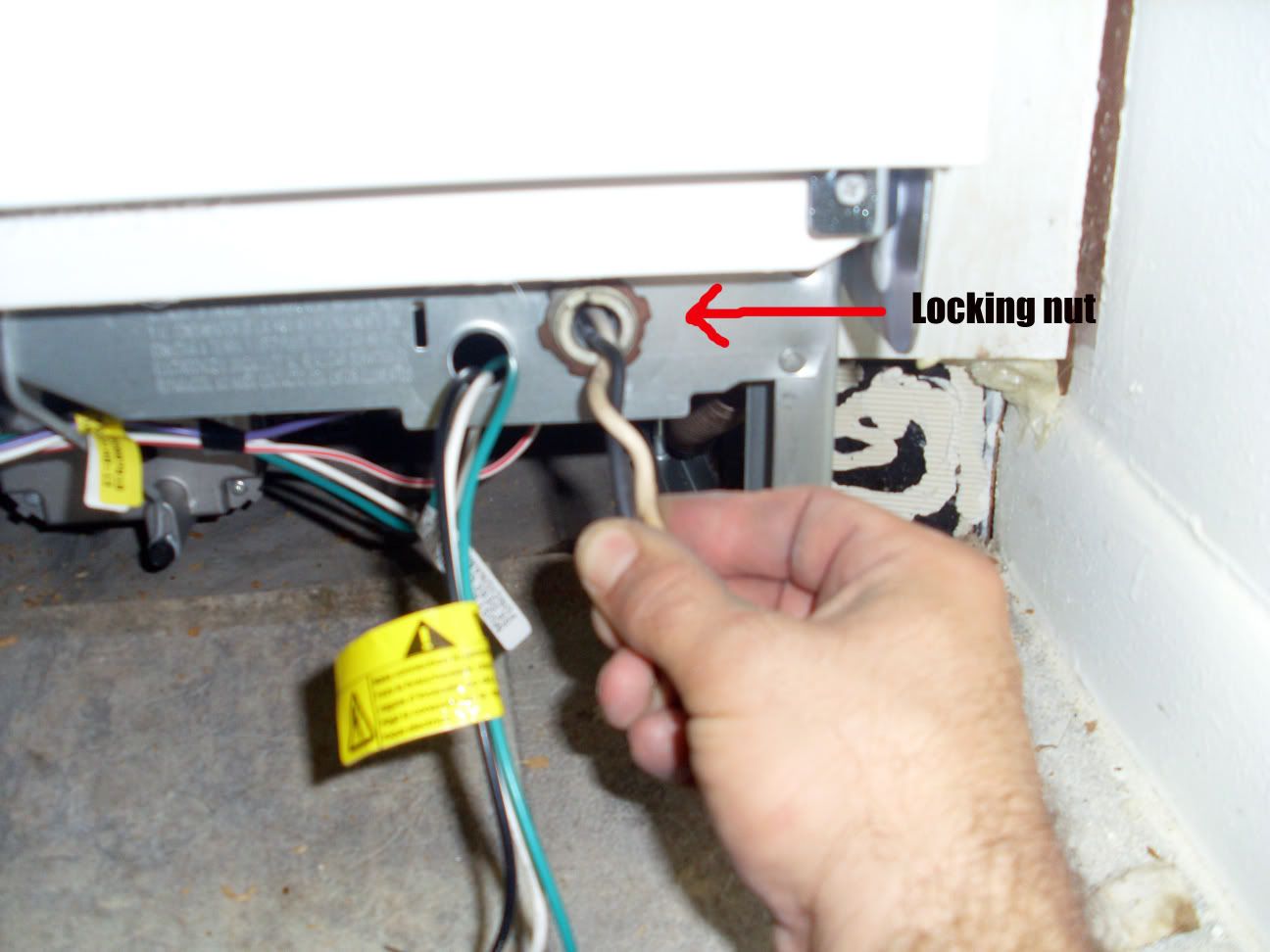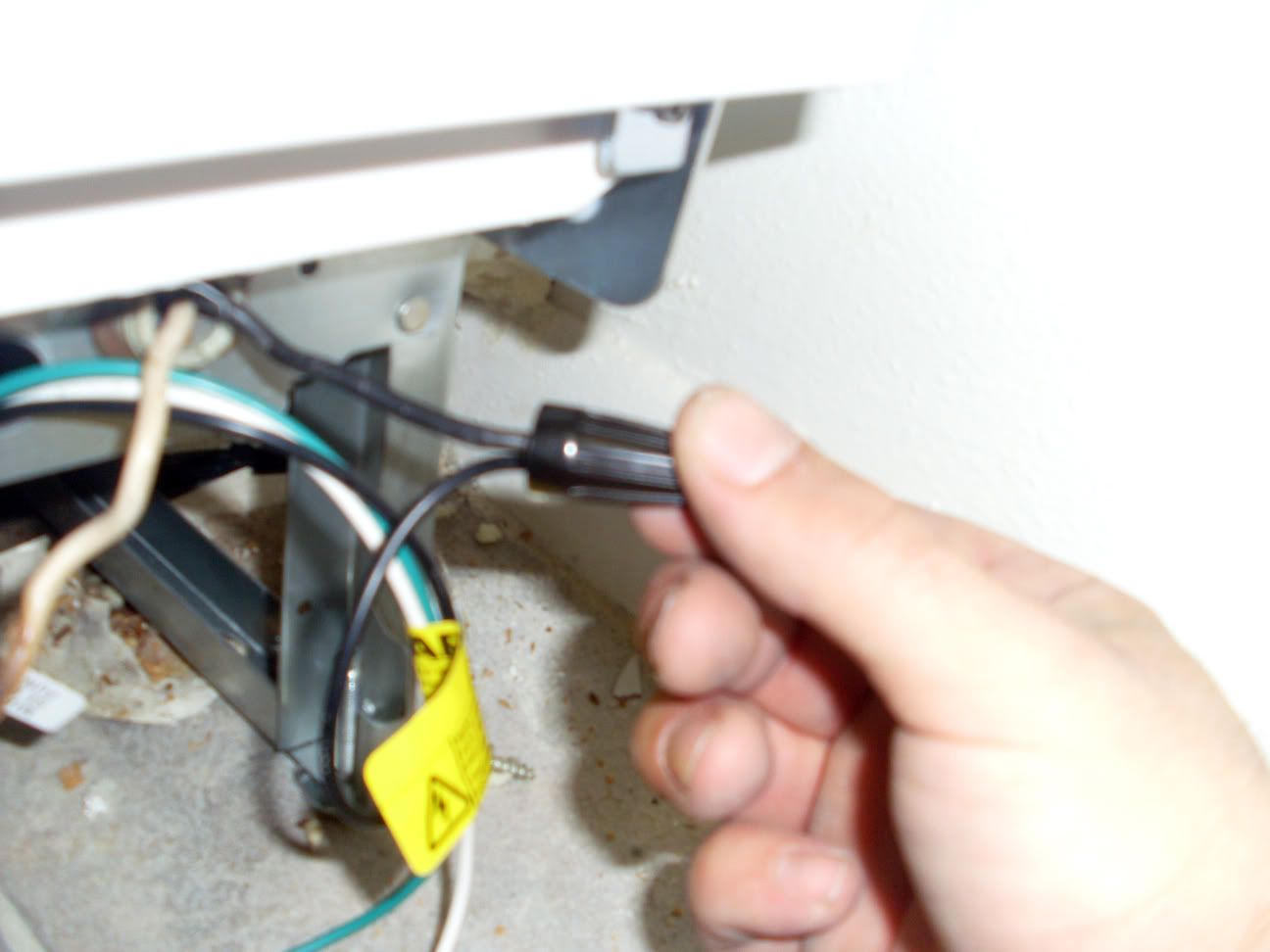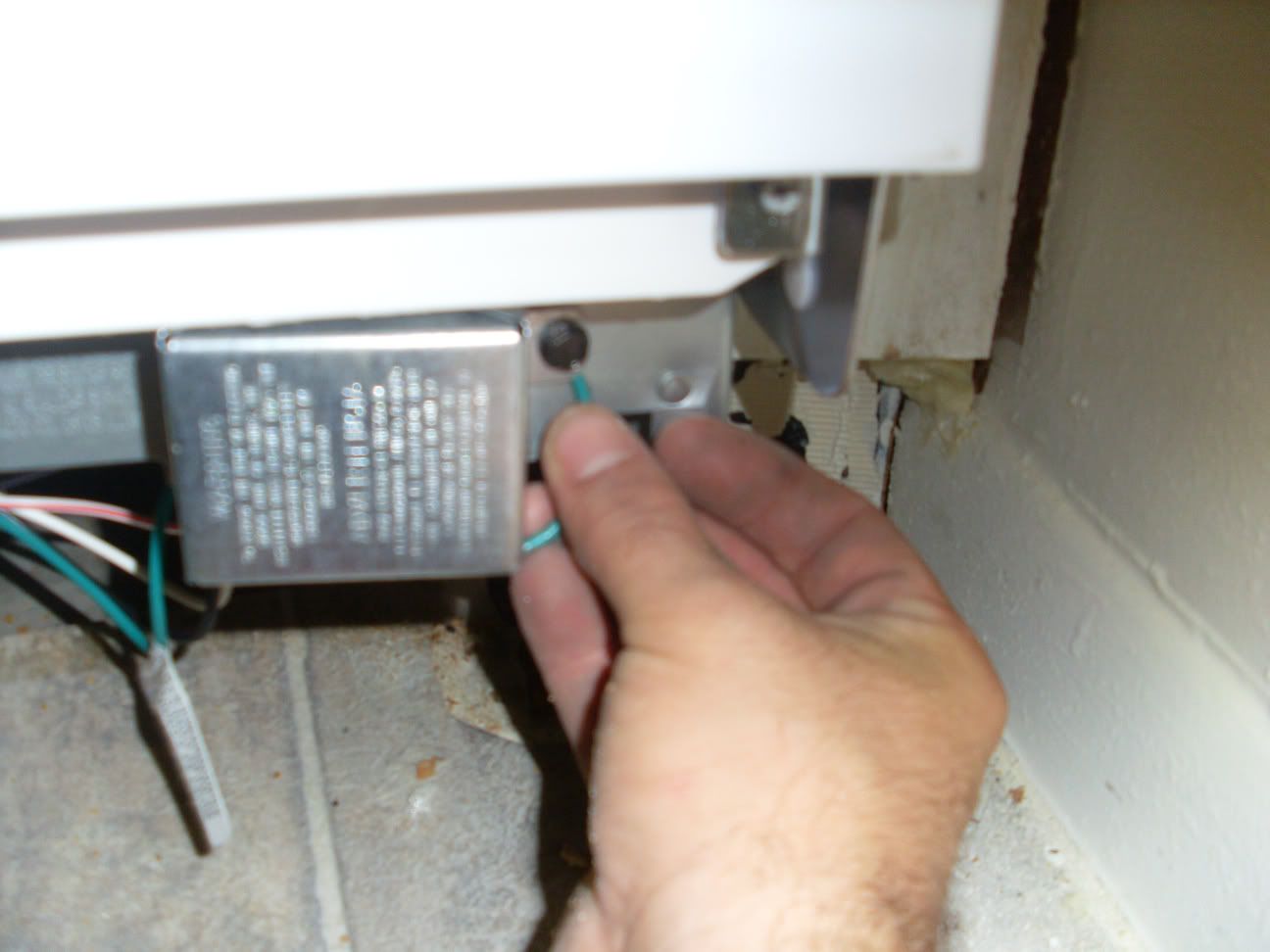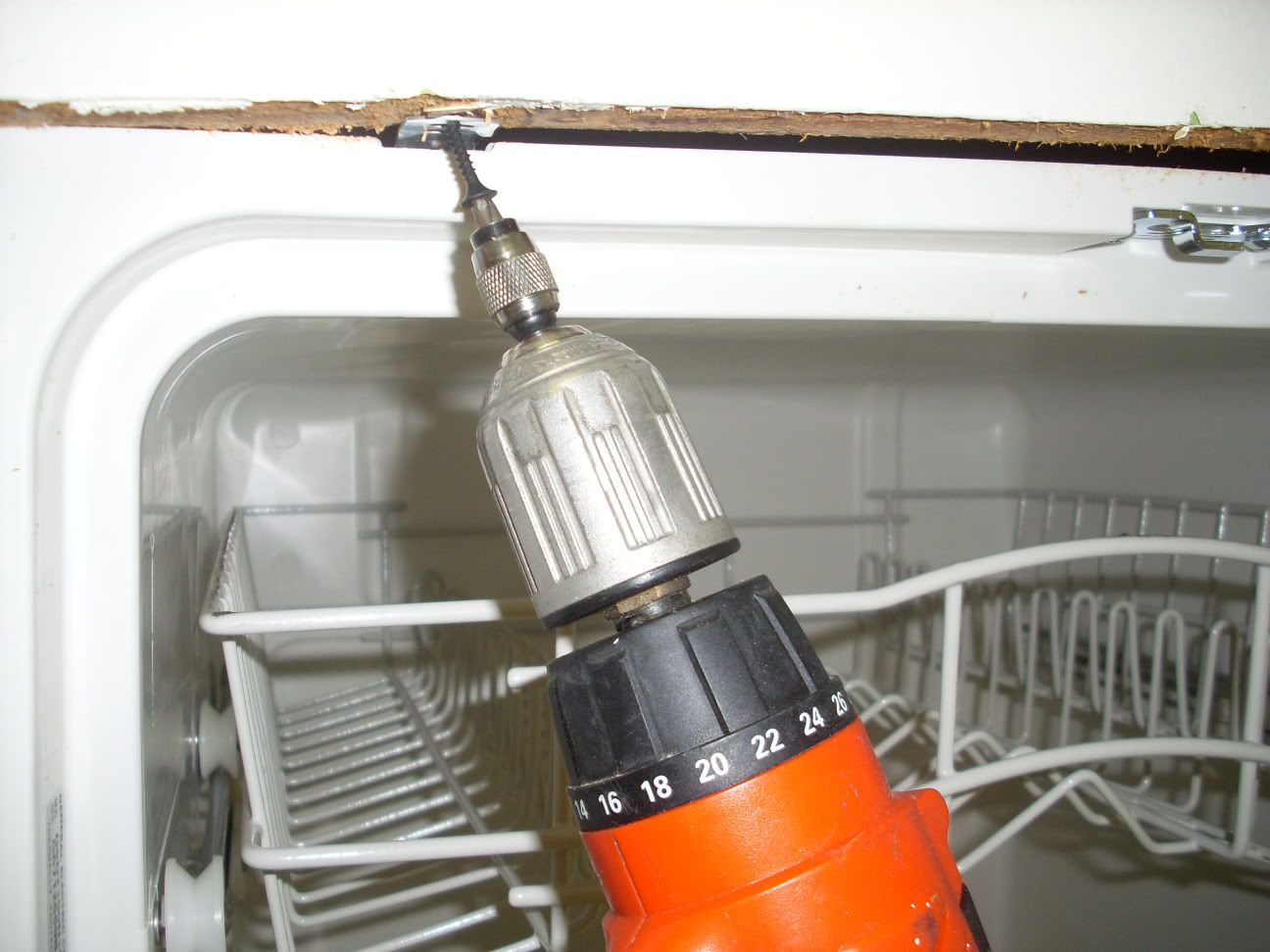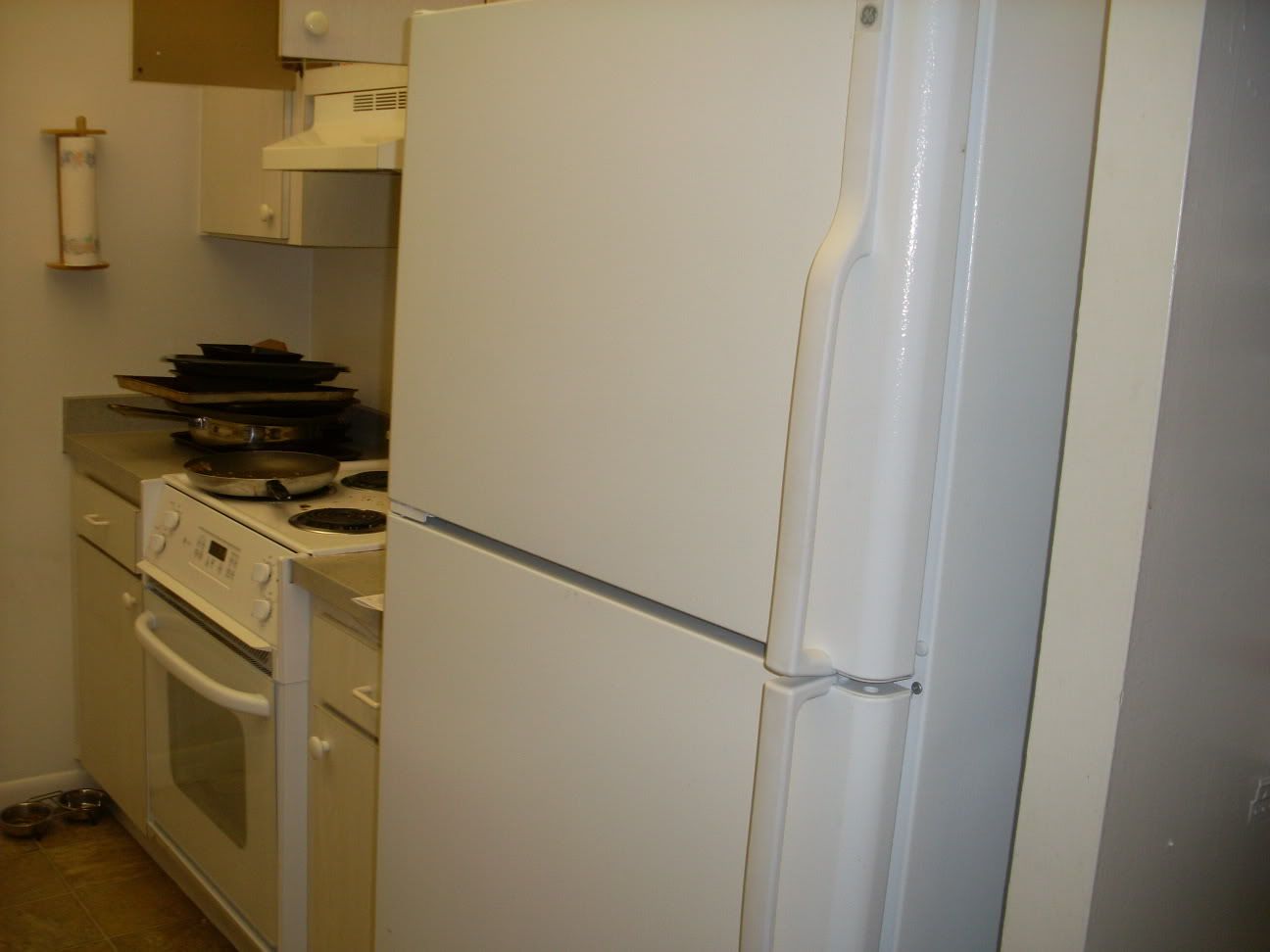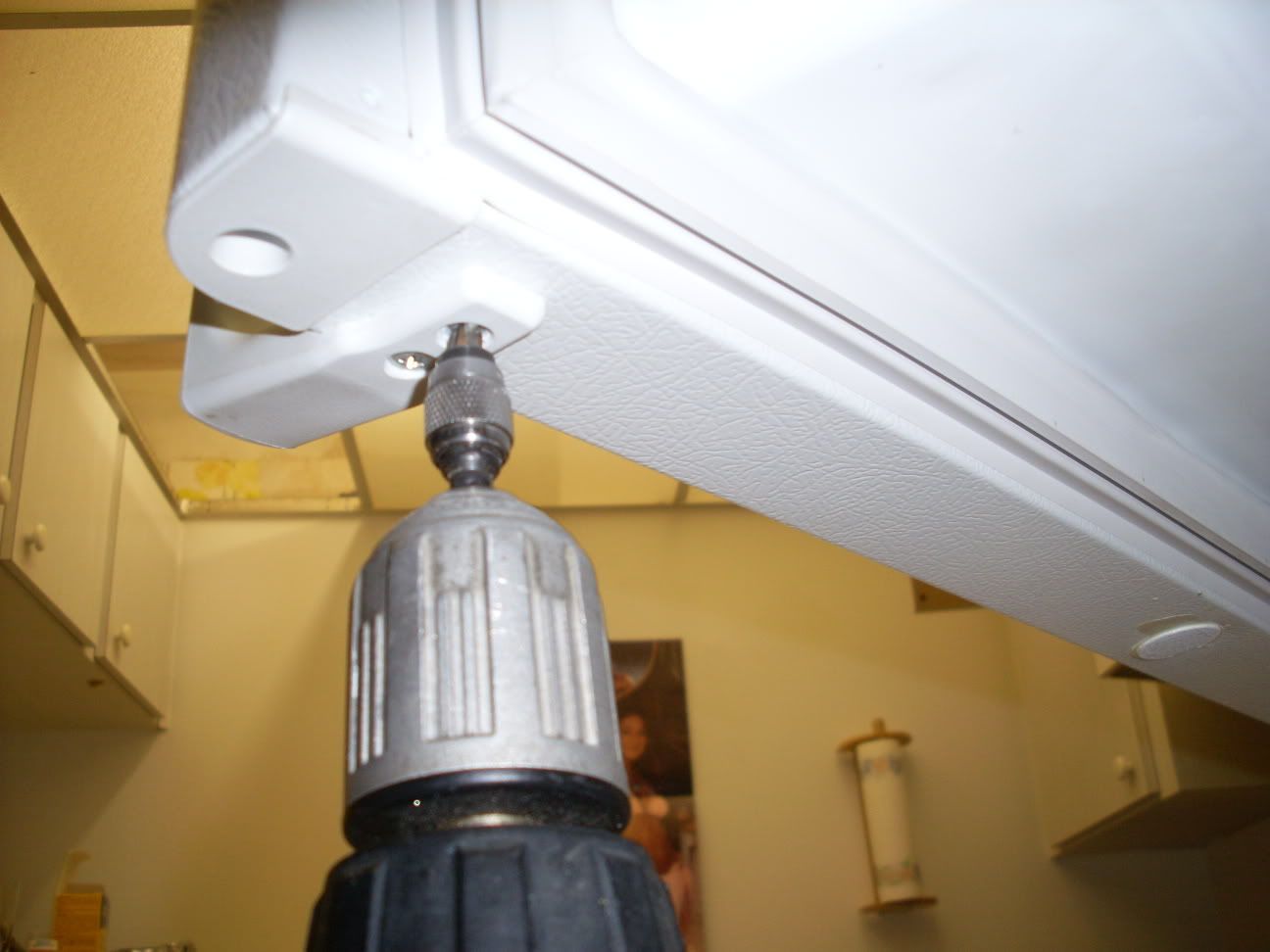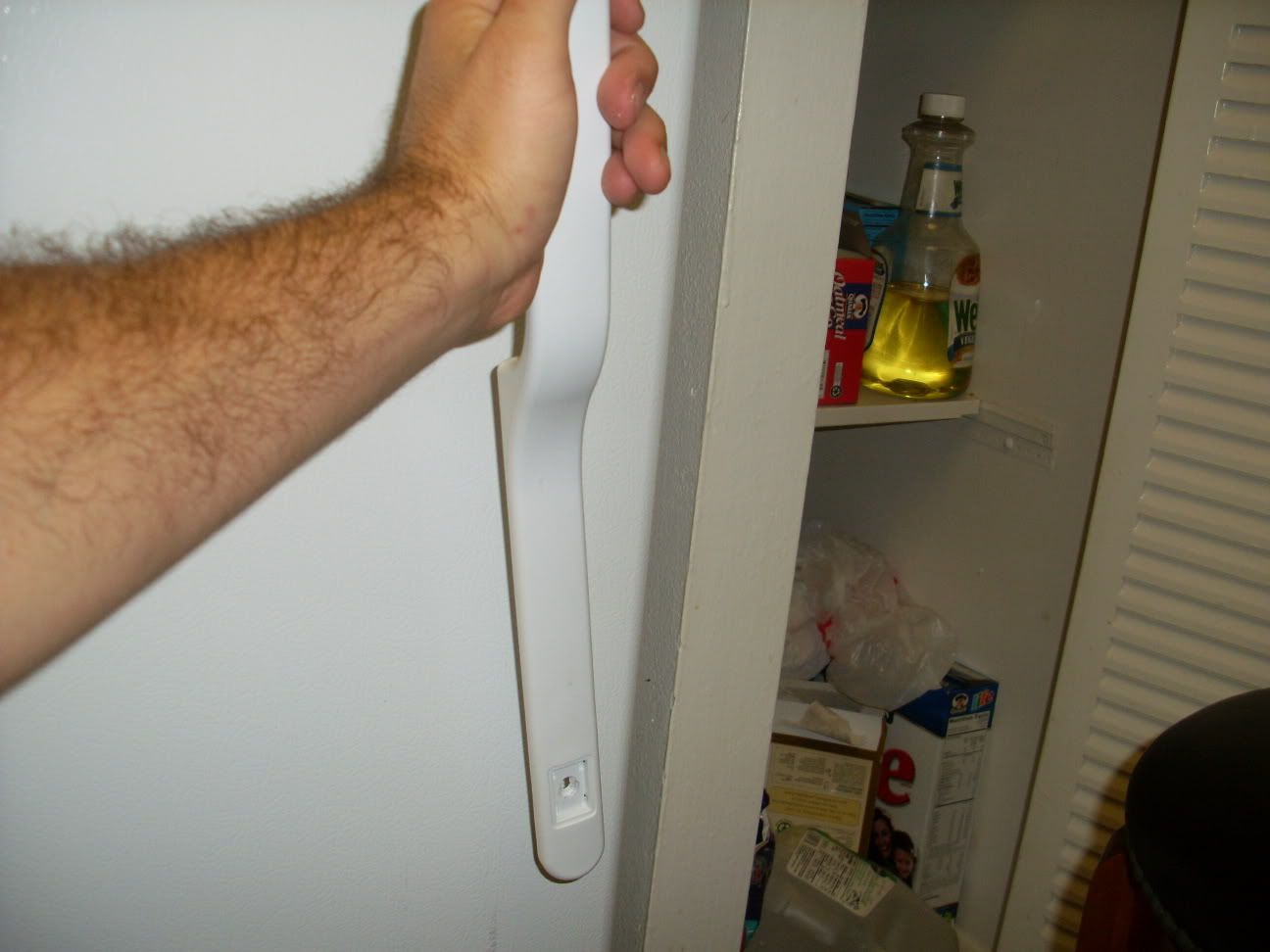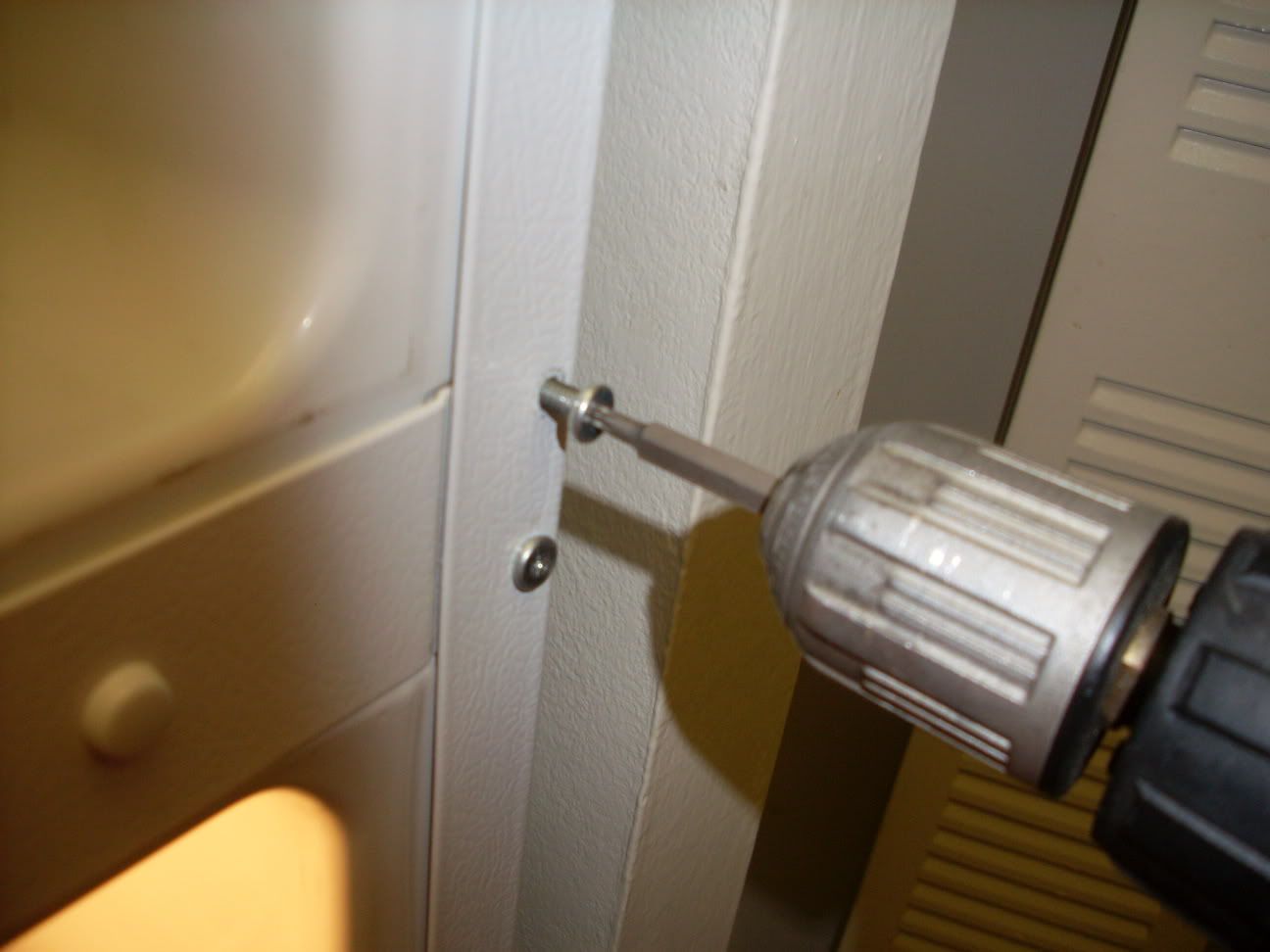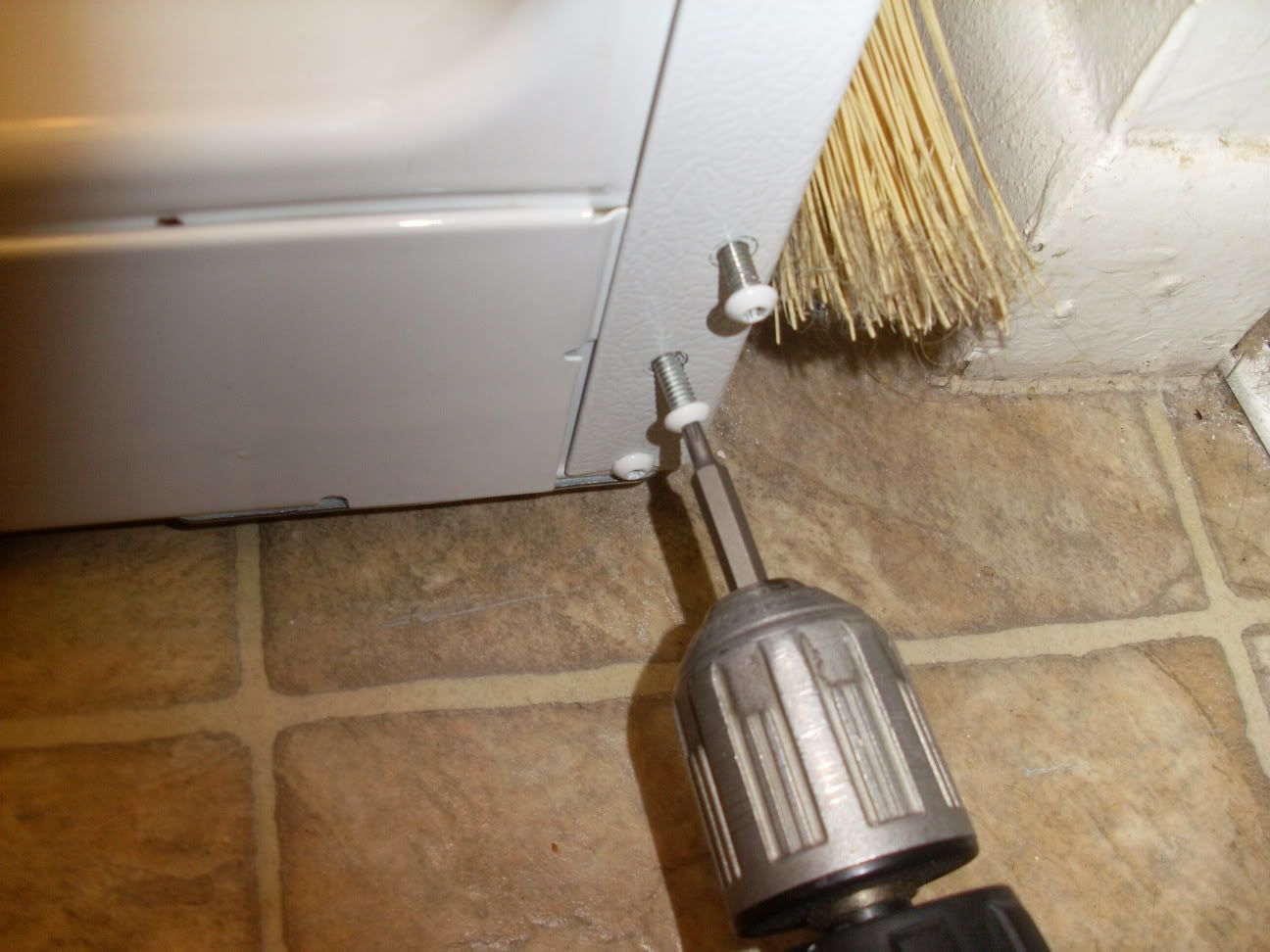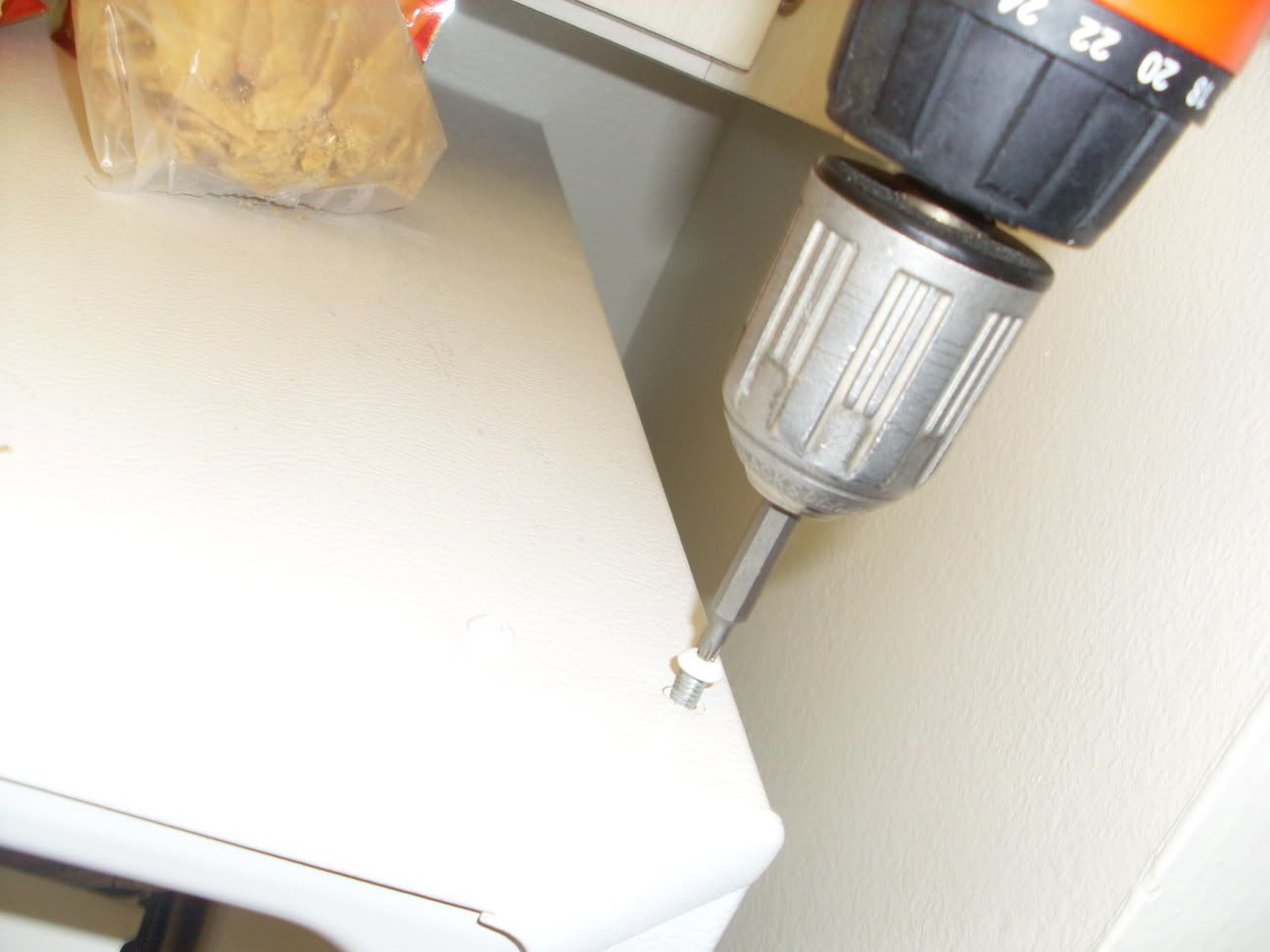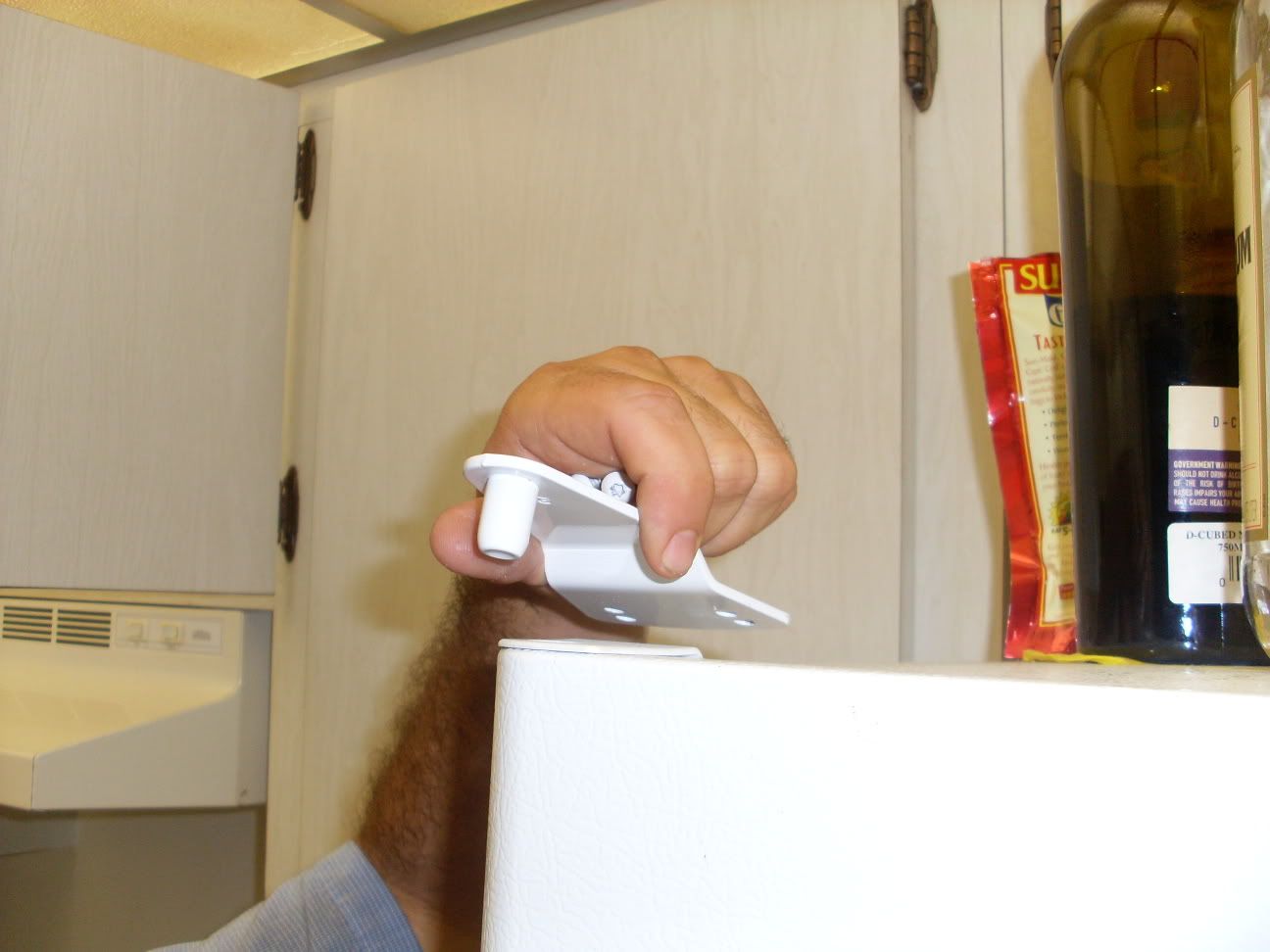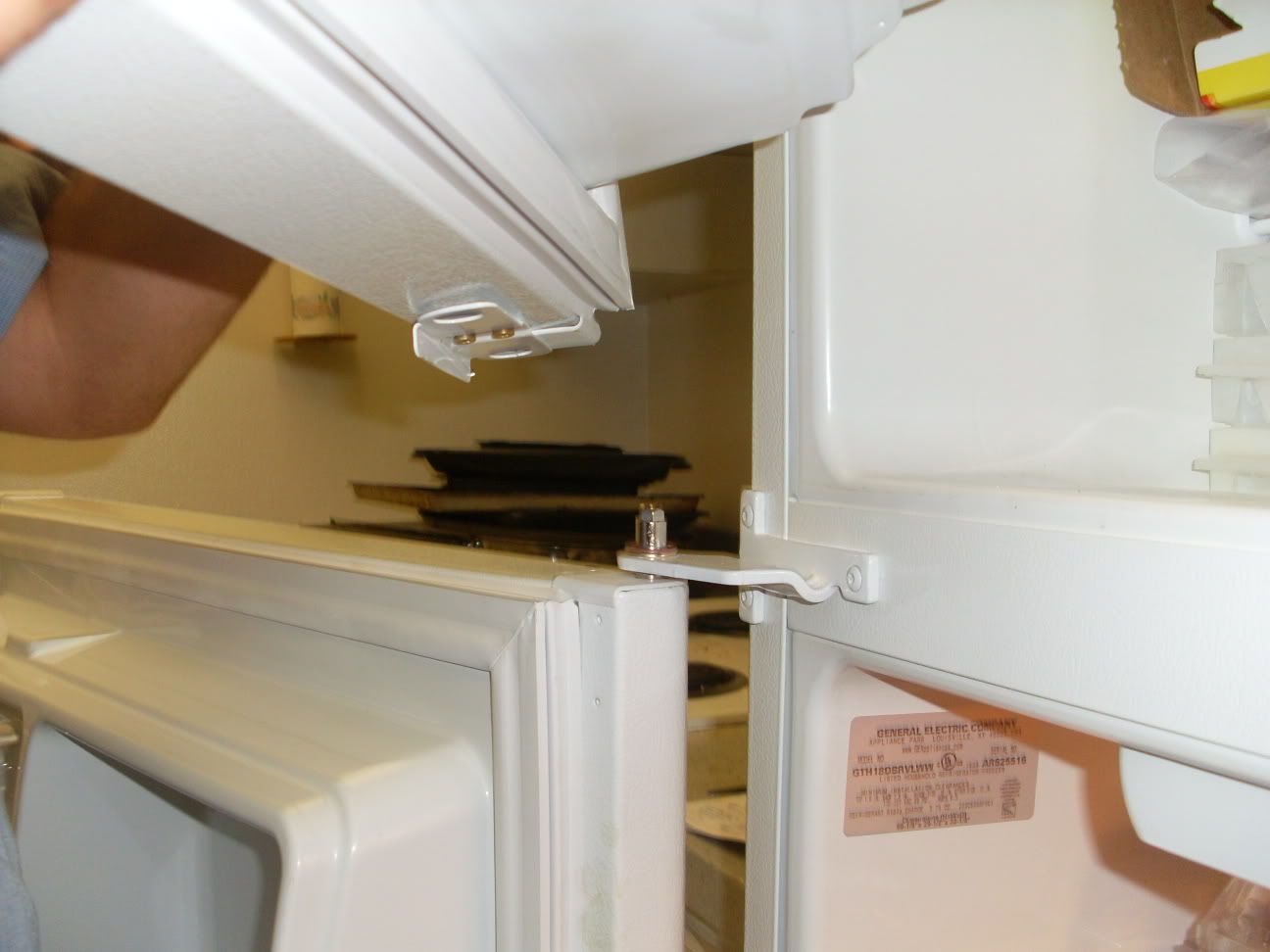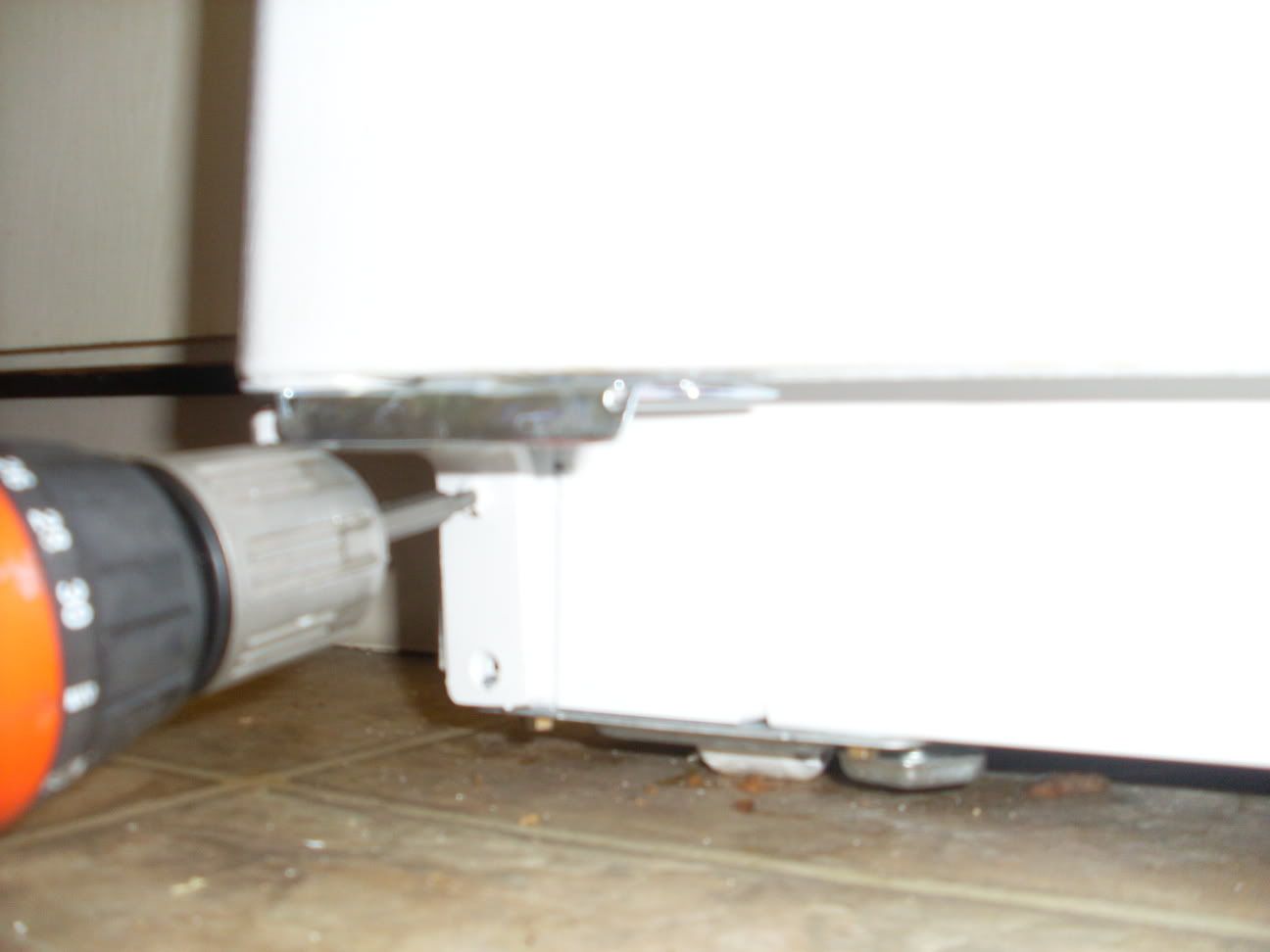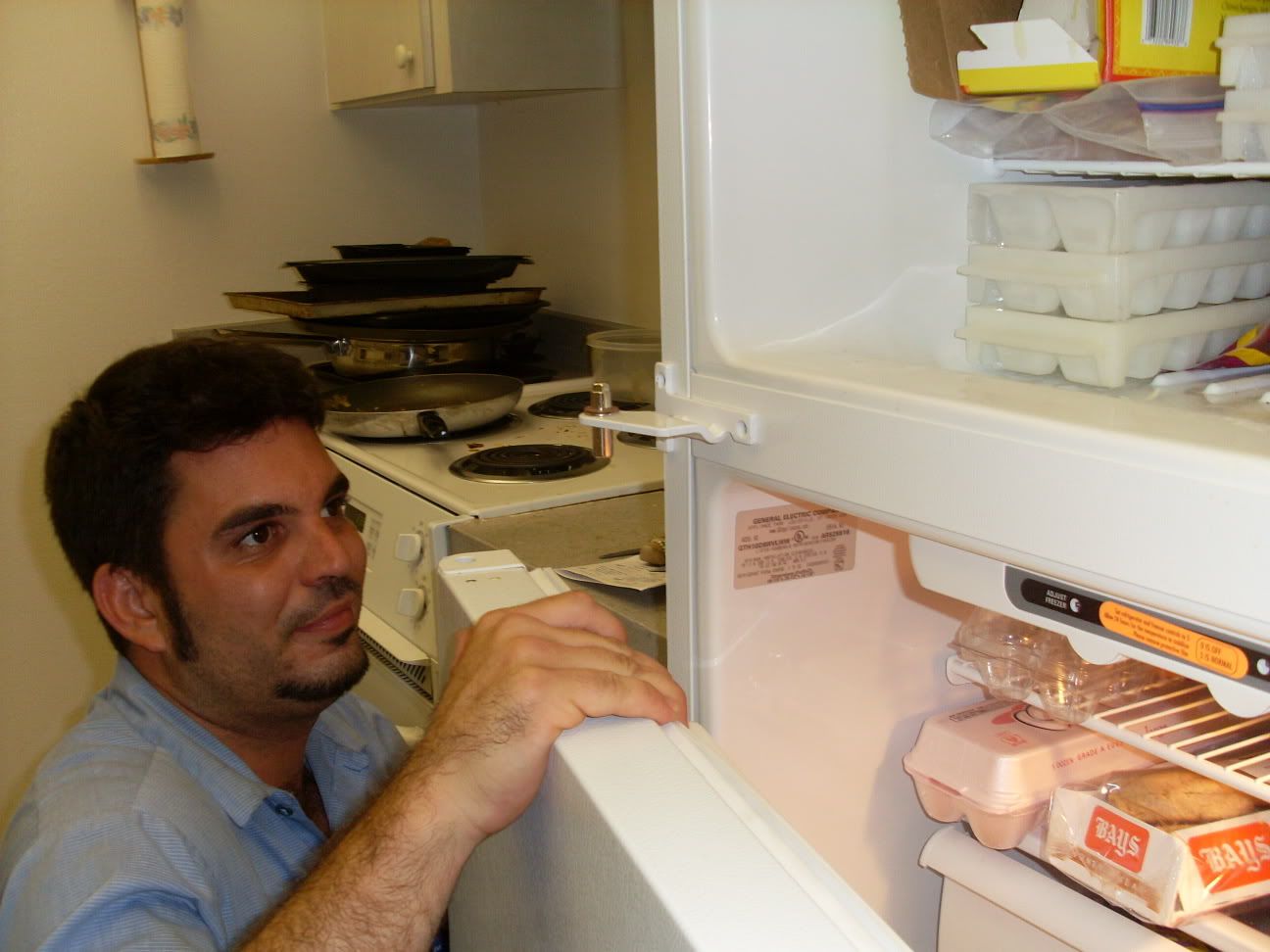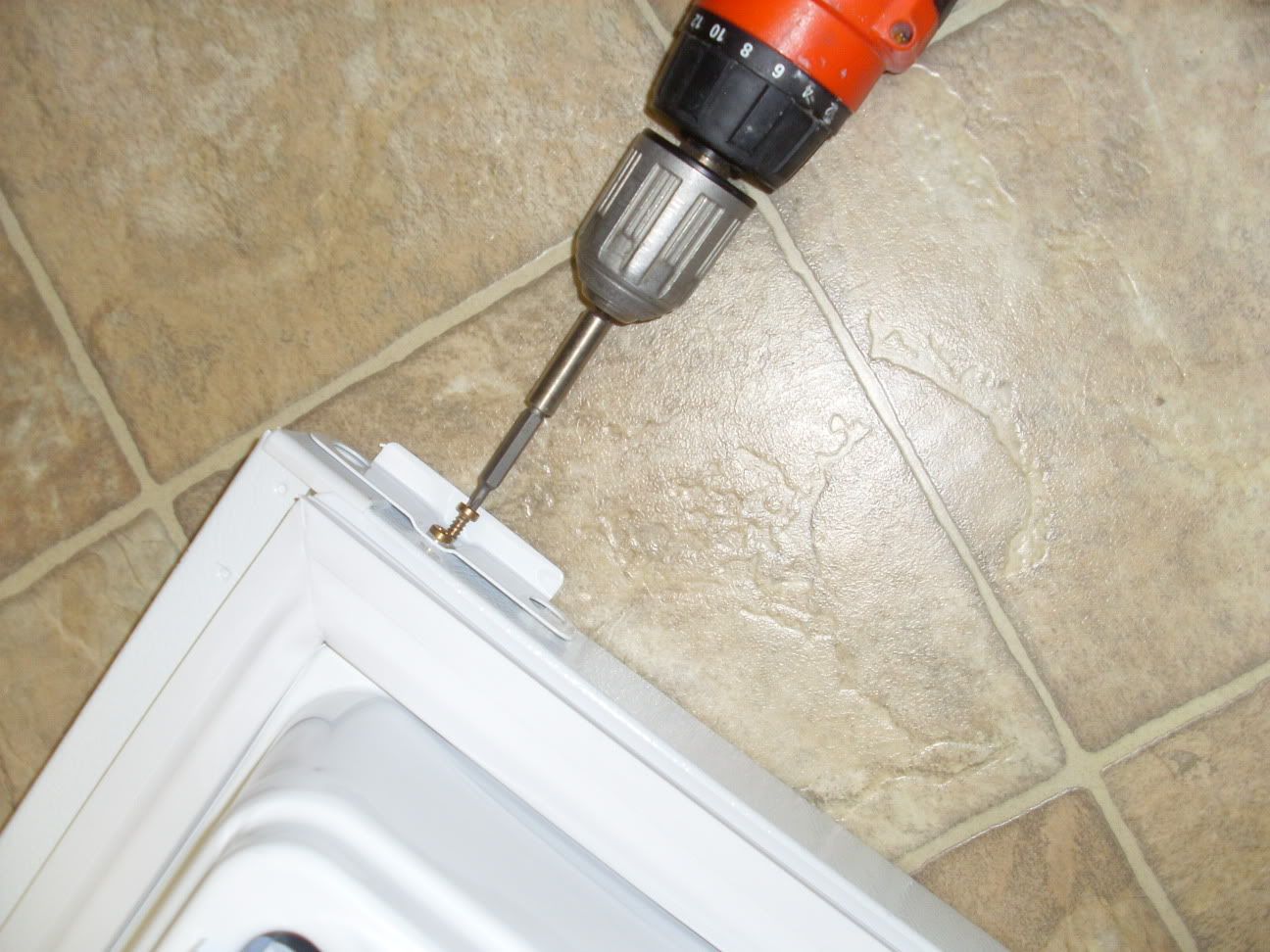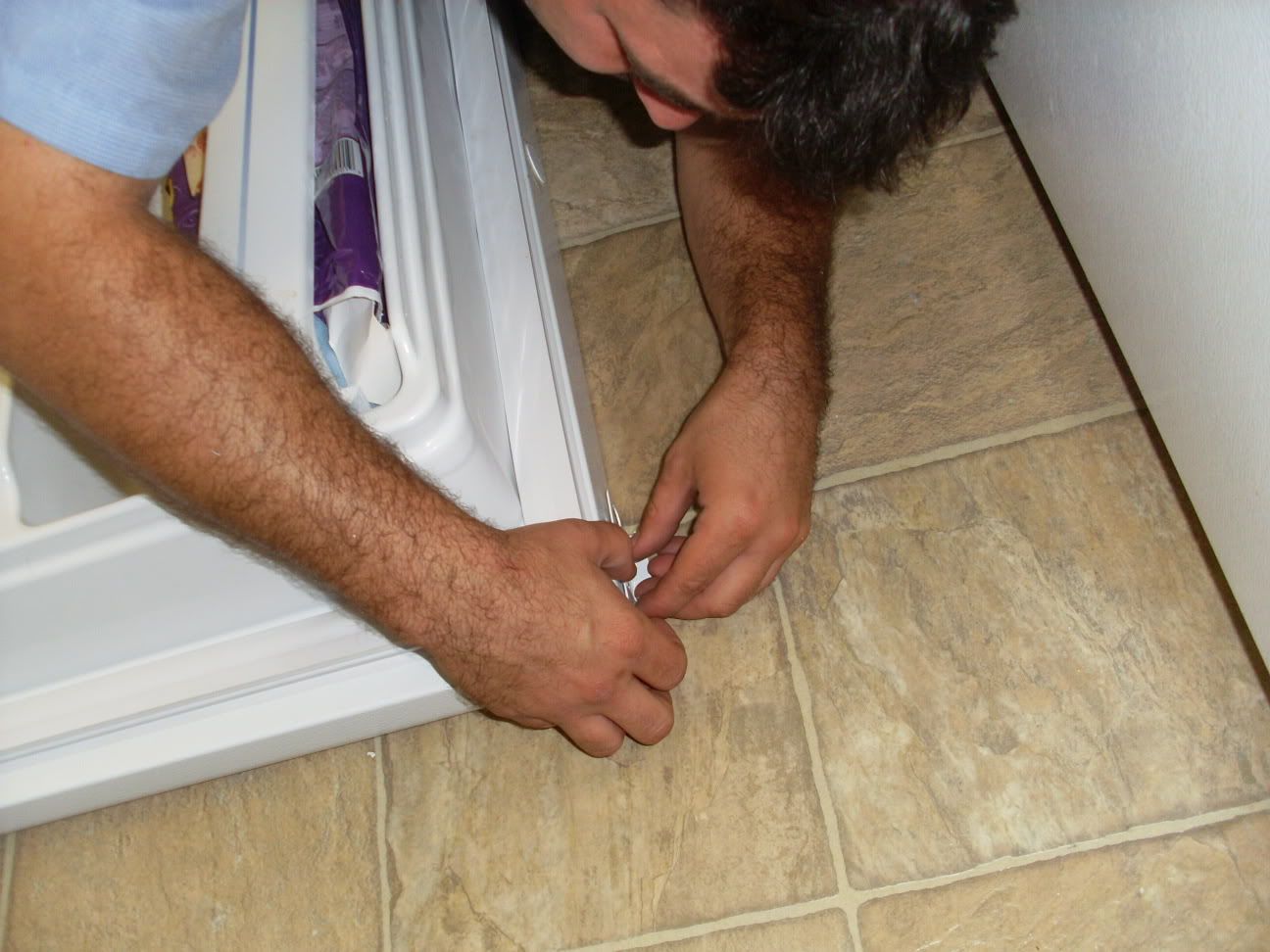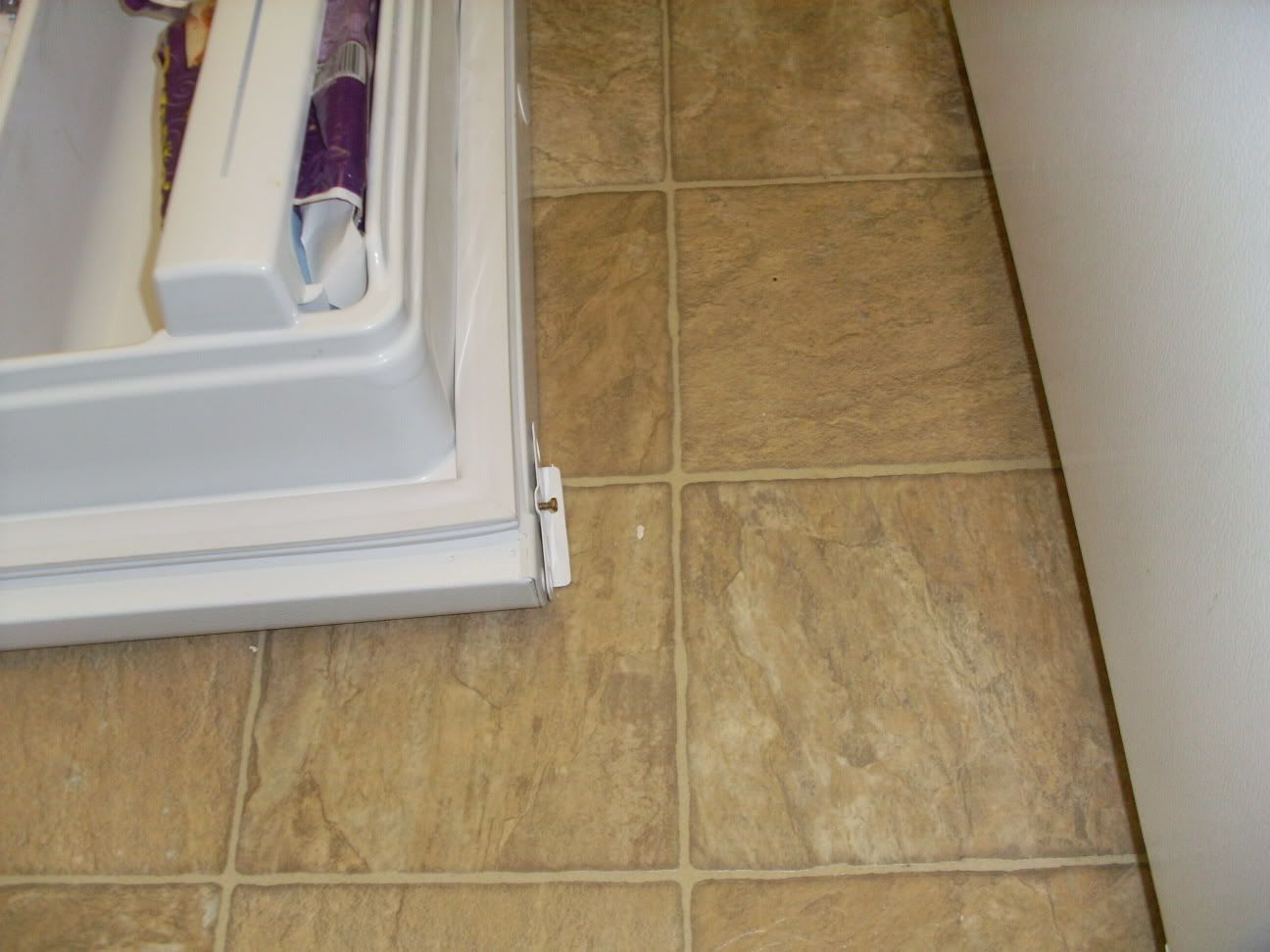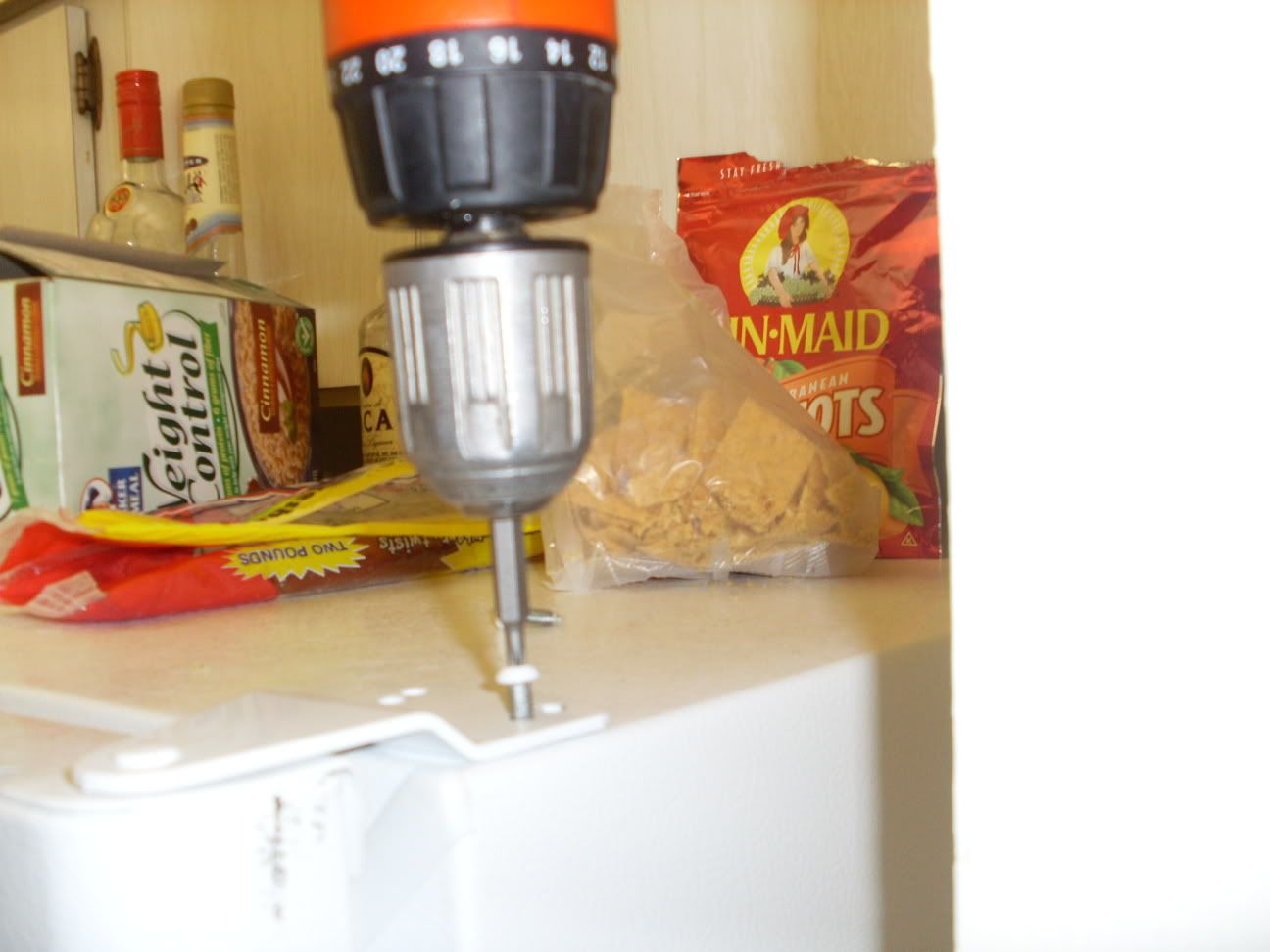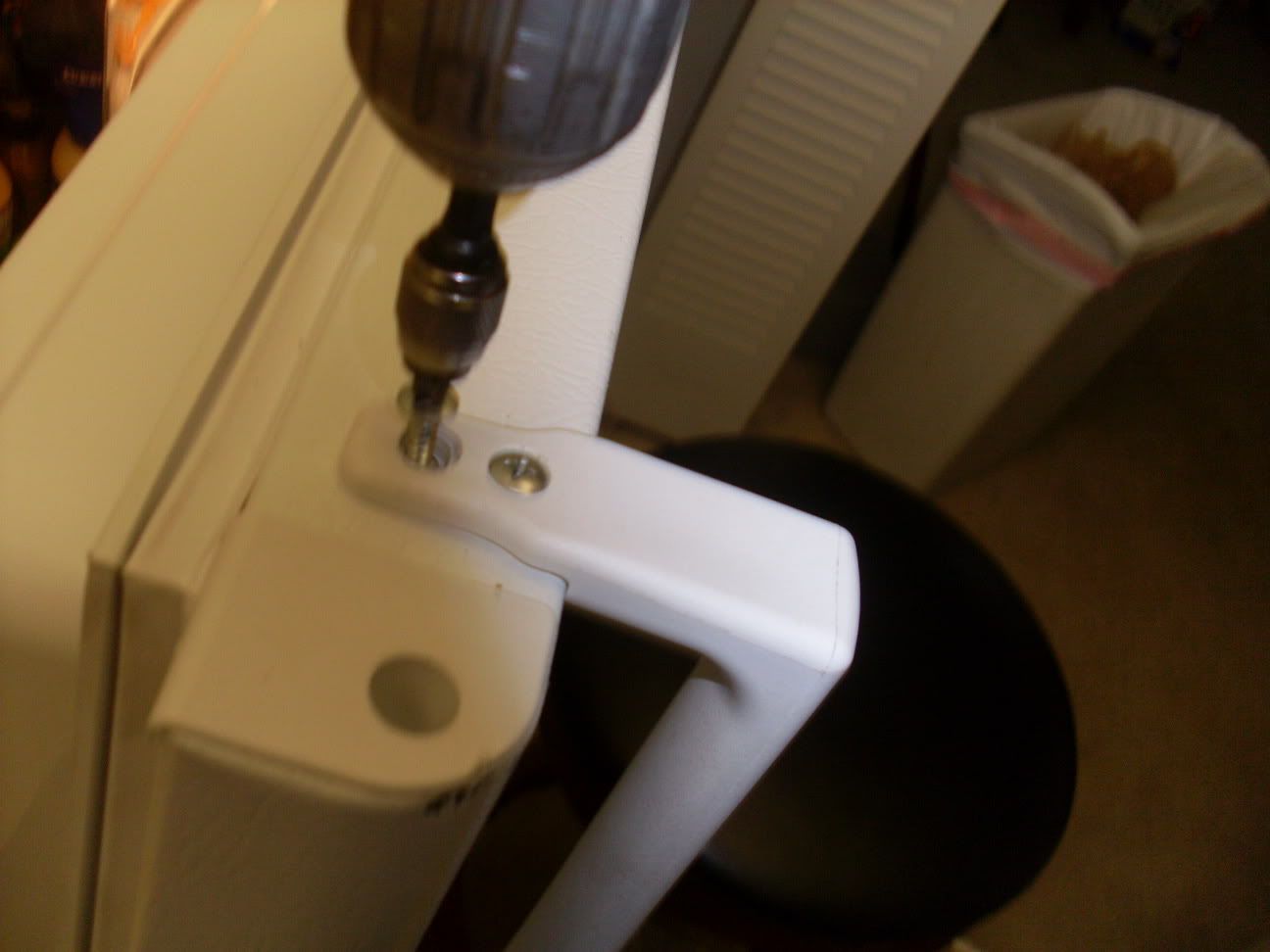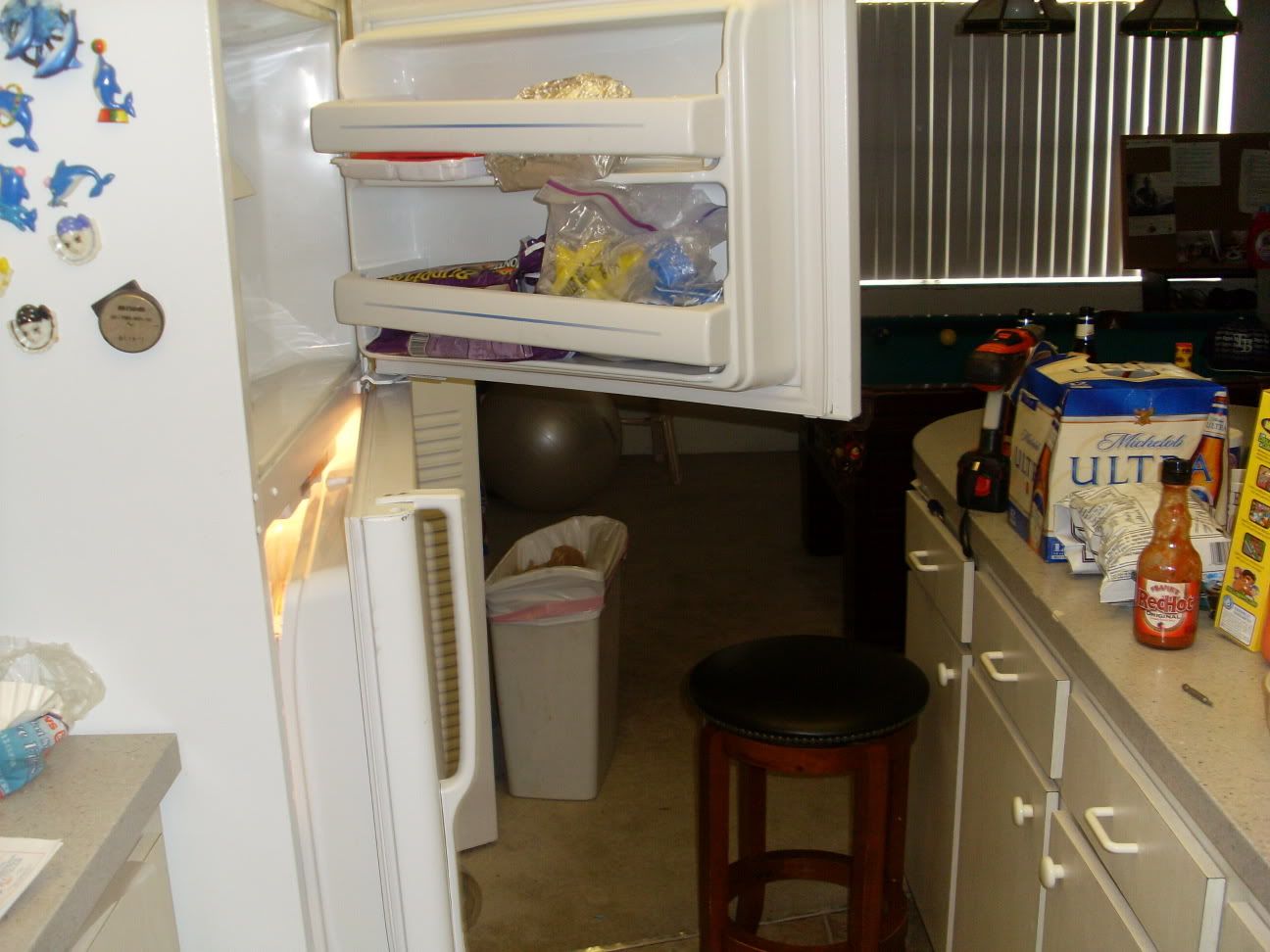Tampa Bay Handyman here again to explain and show you
how to install a range hood.
Range hoods are extremely easy to install, the only thing you really have to worry about is securing the power to the range hood. That is the number one safety issue in this
Handyman How-to. Secure the power no matter what. While range hoods are very simple to install, I would recommend 2 people to do this installation for the beginner, if you are an experienced handyman you shouldn't need to read this tutorial at all and could simply do it yourself. But this blog post is dedicated to those who have never installed range hoods before so lets get started.
Click any image to enlargen
Look at this old piece of junk
Range Hood, this thing is crap, it has to be over 20 years old and I have no idea how this thing still works. I mean this range hood is just filthy disgusting I cant even bare to look at this filth. Ewww..
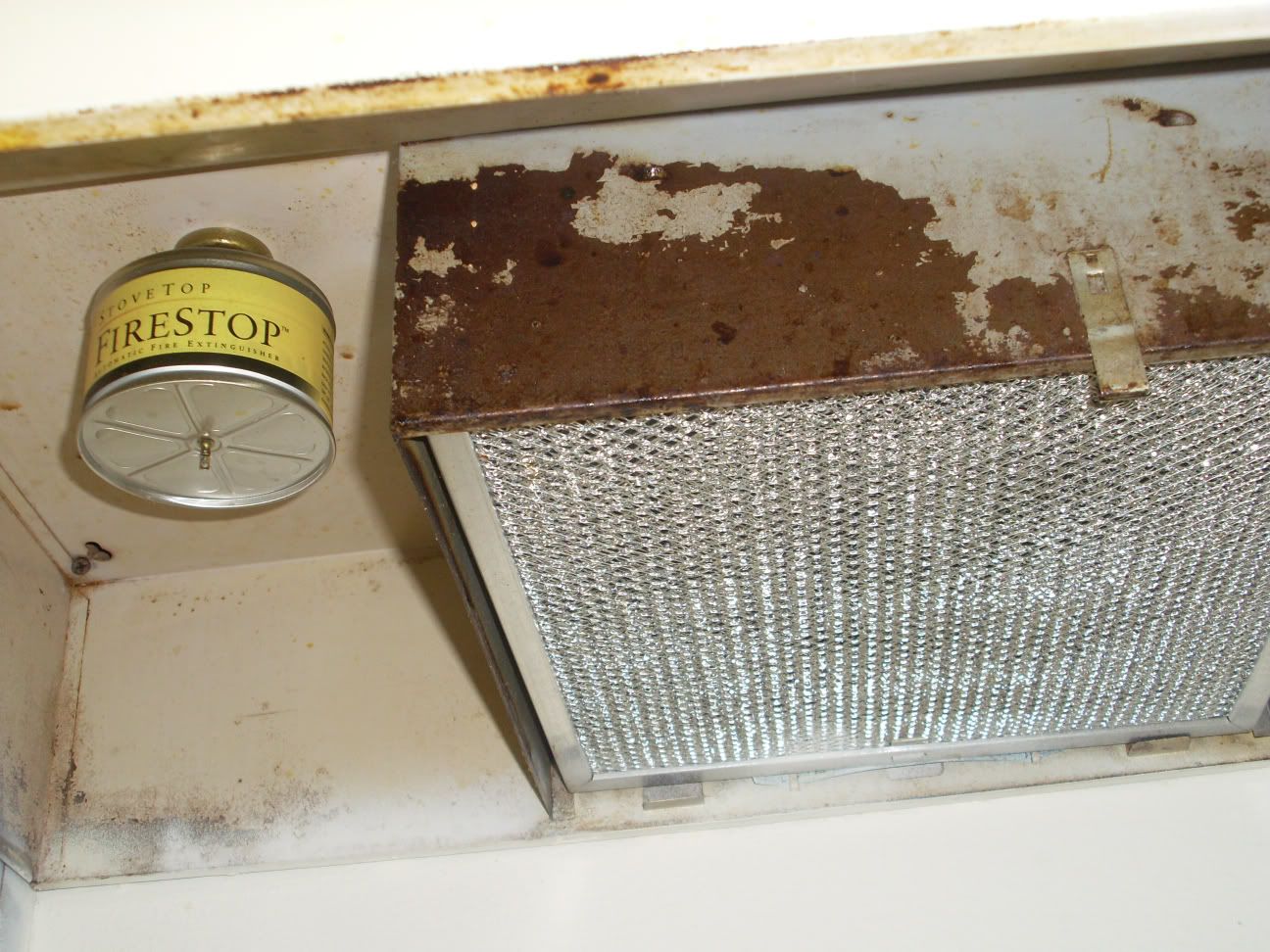
So before we get started on this
replacement of the range hood the very first step we are going to take, very first thing we are going to do before even touching the old range hood is
secure the power to the range hood!!!!!!!! Flip the breaker off, have a voltage meter in hand to confirm the power is off, sure you can run the fan on the old
range hood and flip breakers until the fan turns off, but nothing tells you the voltage is dead better than a voltage meter.
To make sure there is no power besides the light and fan for the
range hood wont turn on is to take off the electrical access panel which is usually secured by one or two screws. Hold your volt tester up to the line to tell if there is power coming to it or not. No power? Good lets get to the next step.

You have the electric panel box type thingy off so now just unhook the wires, they should be connected by wire nuts or electric tape, or in some cases the quick wire connections, for the purpose of this tutorial it will be wire nuts, and the ground (the bare wire) will be secured by a metal screw.
Note: Most electrical inlets have a secure connection by a washer type nut that secures the wire casing to the appliance, in this tutorial there is not a picture of this. If you have questions or concerns just leave a comment.
The
range hood will be secured by usually four screws, for the purpose of this tutorial they are going to be mounted upwards, so just simply locate the screws mounting the range hood to the cabinet and unscrew with a drill or screwdriver.
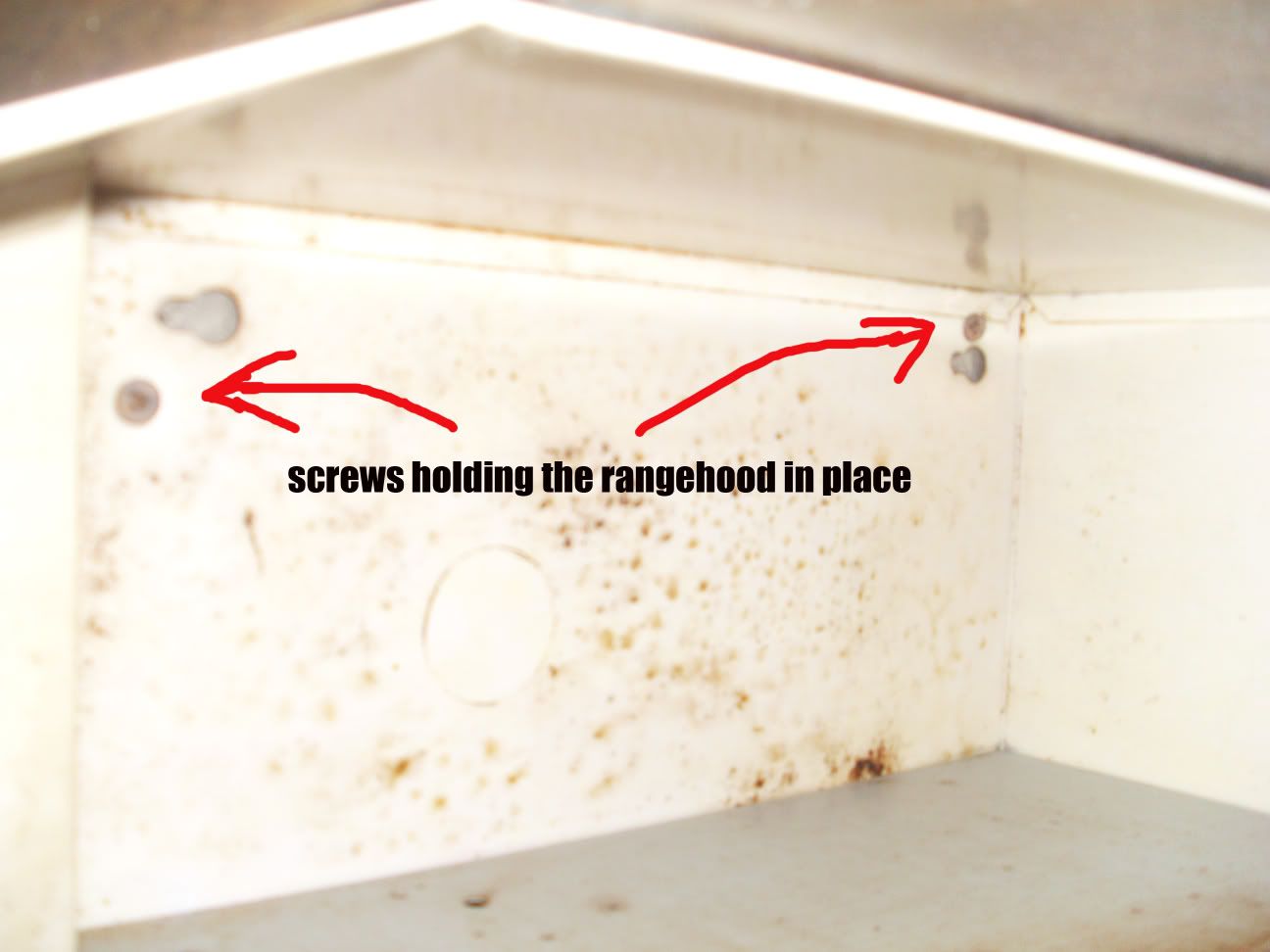
After you demount the screws you can simply just pull the
old range hood down if it didn't fall already.

Now you can start setting up your
new range hood, in this picture there is a hole that I will need to punch out in order to run the electric wires through, the hole can be punched out by wiggling a screwdriver back and for until the metal breaks, or a hammer and chisel would suffice.
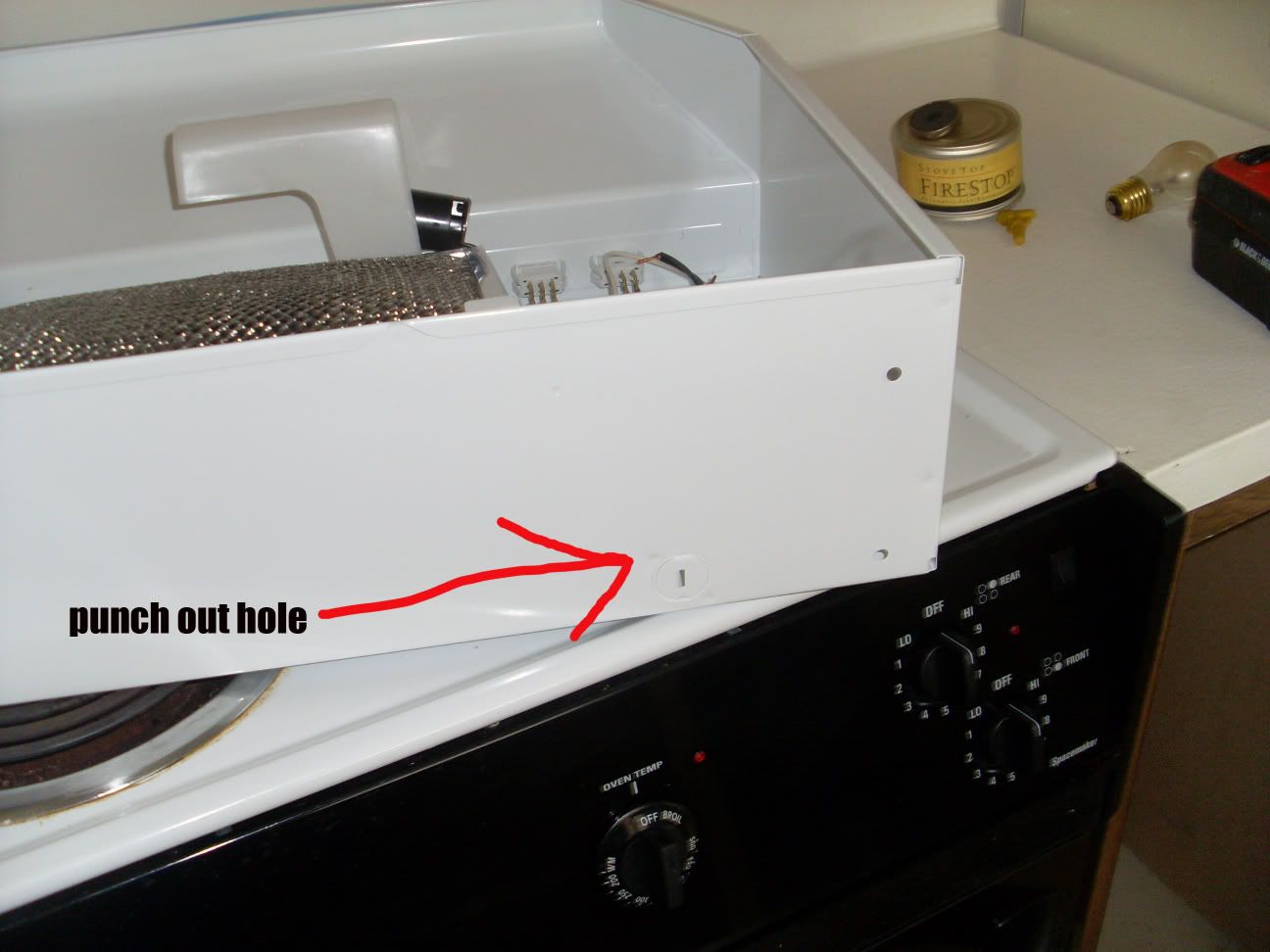
Now this next step is easier done with 2 people, run the electrical wires through the back where you punched the hole out at, once you have the wires ran through secure the range hood to the cabinet with some screws, in this case I will be using four, the range hood had came with them.

Now just simply connect the wires together by using wire nuts. Remember, white goes to white, black goes to black, and the bare wire goes to ground.
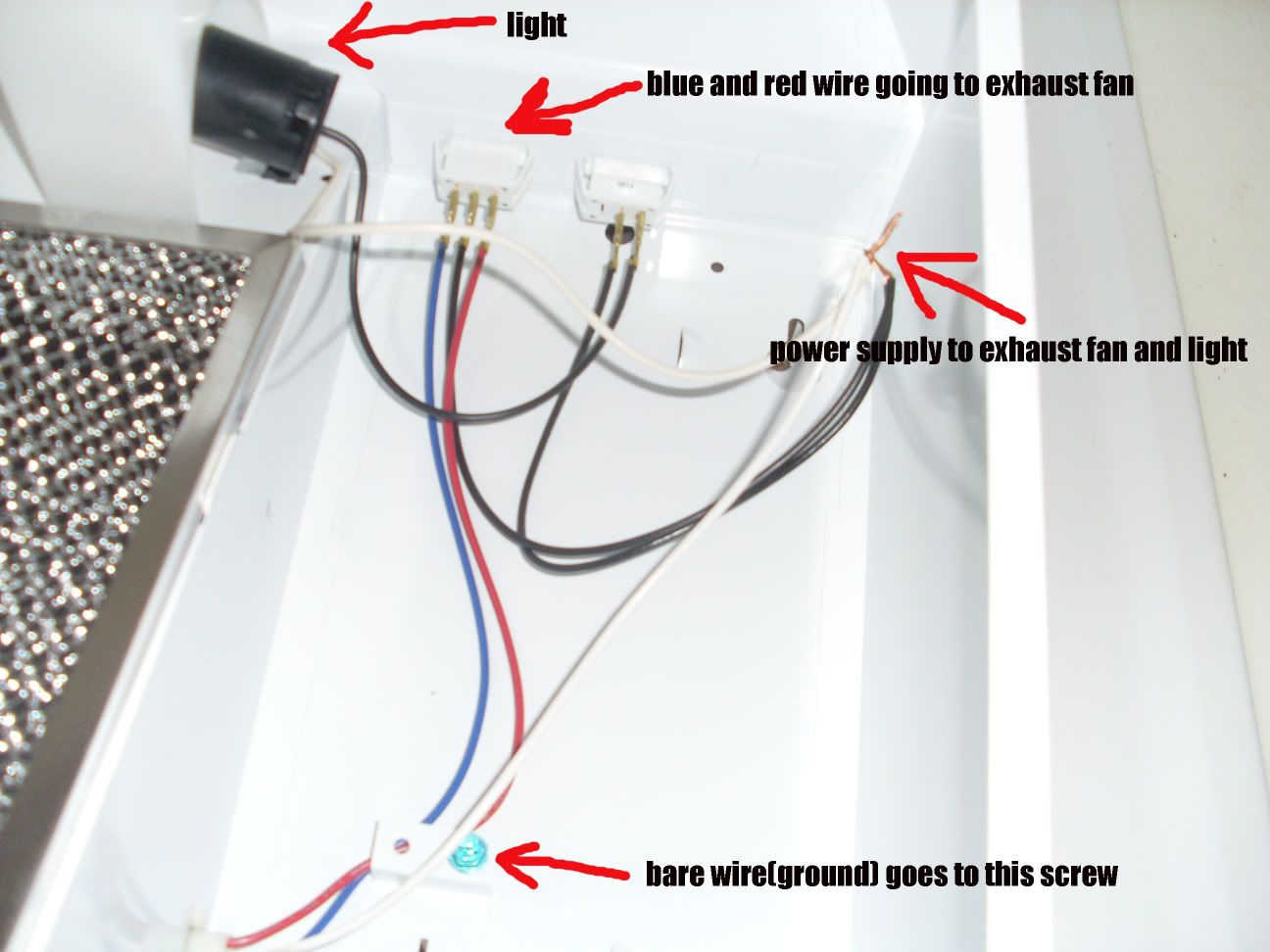
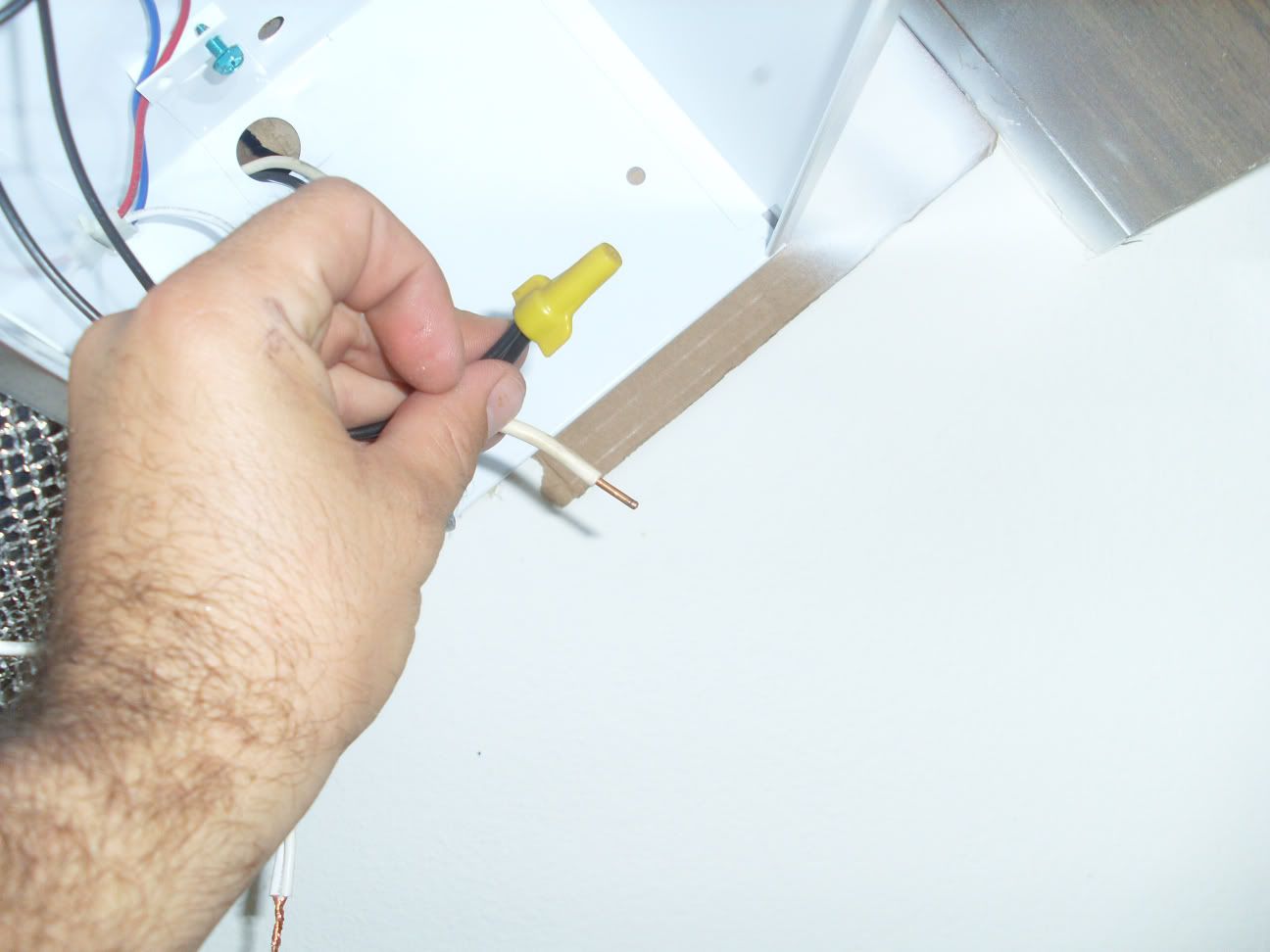
Once you have all the wires connected you can put the electrical cover back on. Next lets install a couple range queens on the range hood.
Range queens are a safety feature, if your stove catches on fire the range queen will detect it then it will put the fire out with Co2, they can only be used once so make sure that you replace one if one is used.
Range queens also do go bad, so make sure to check the expiration date that's located on the range queen.
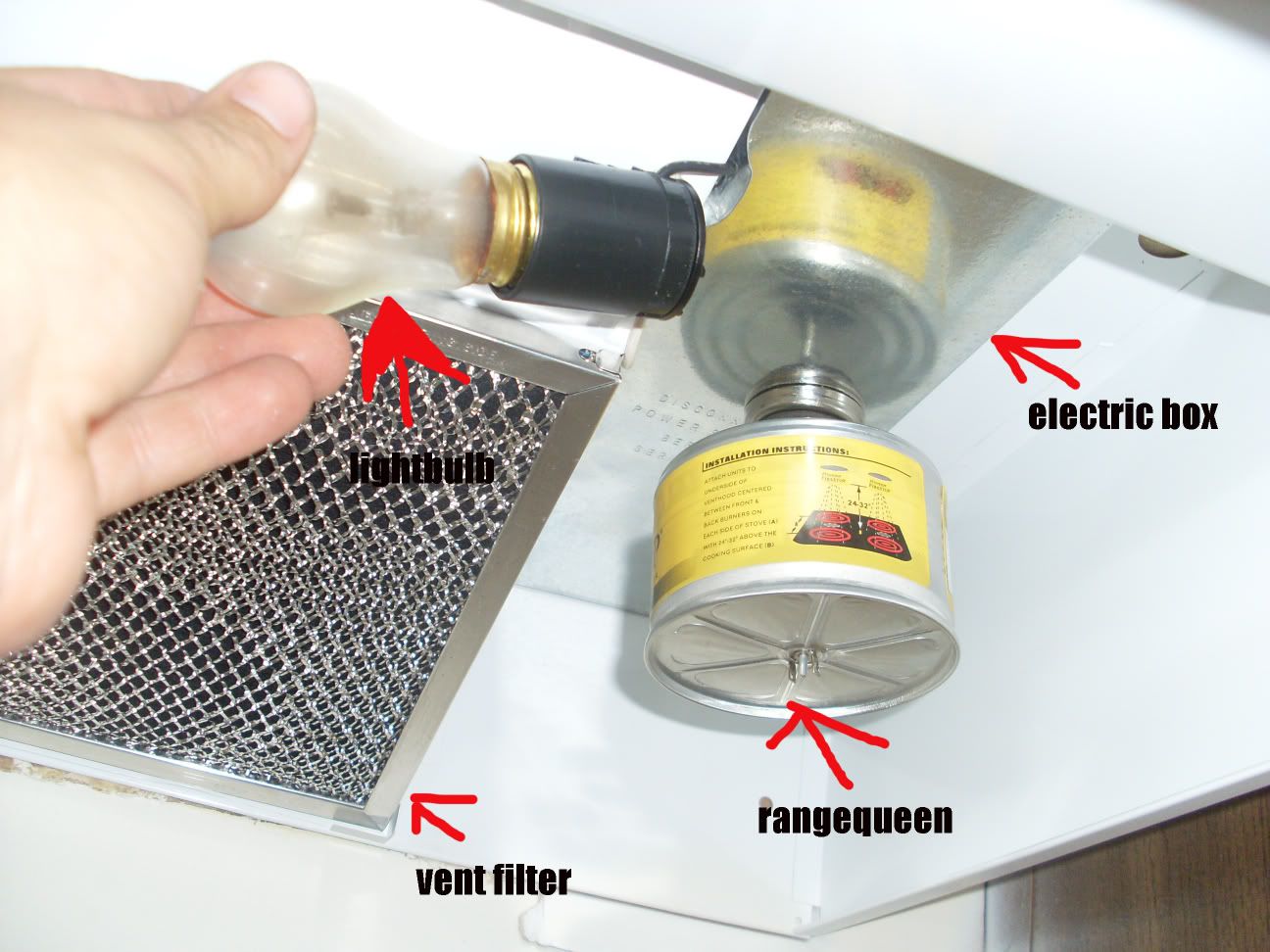
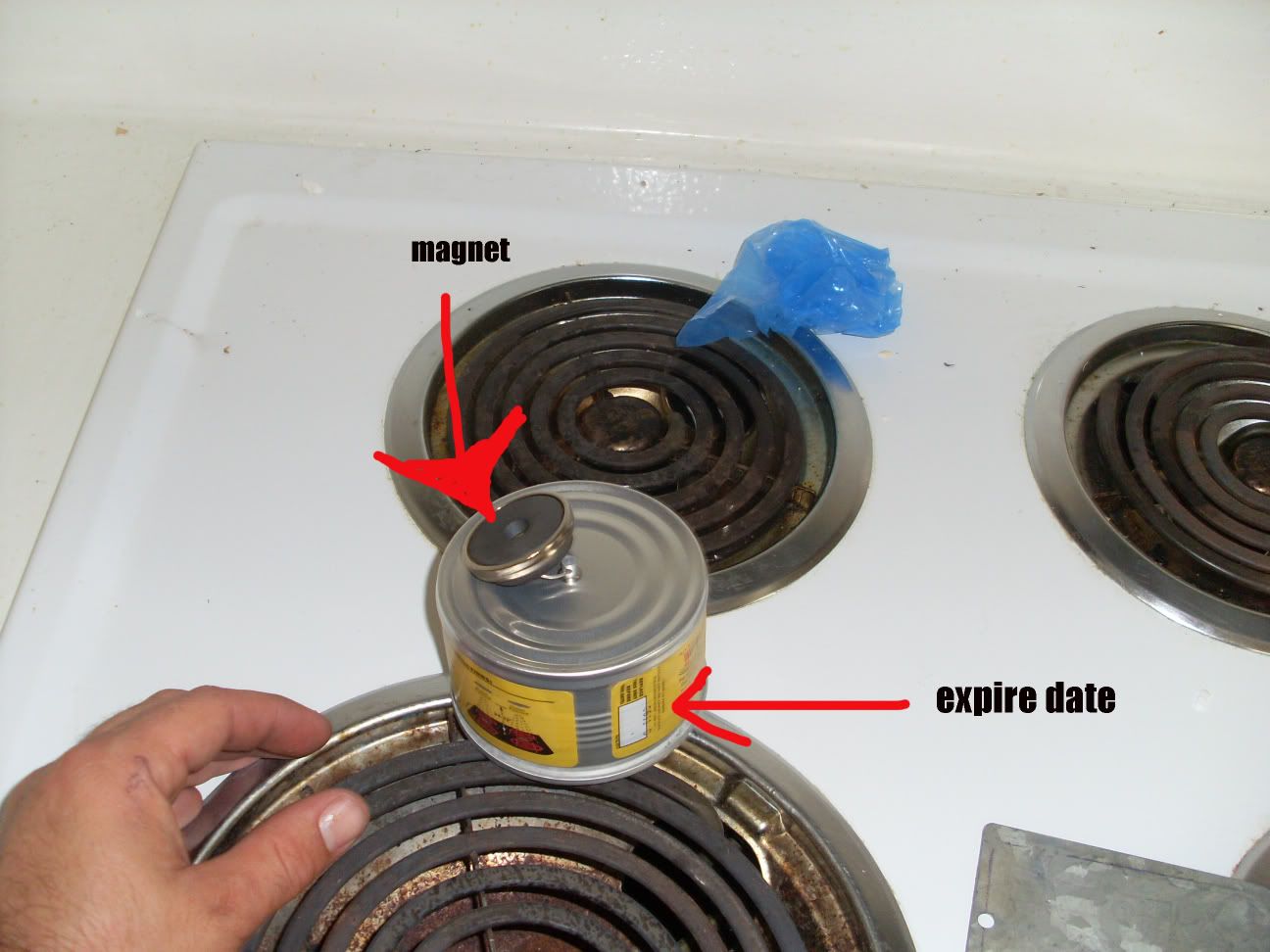
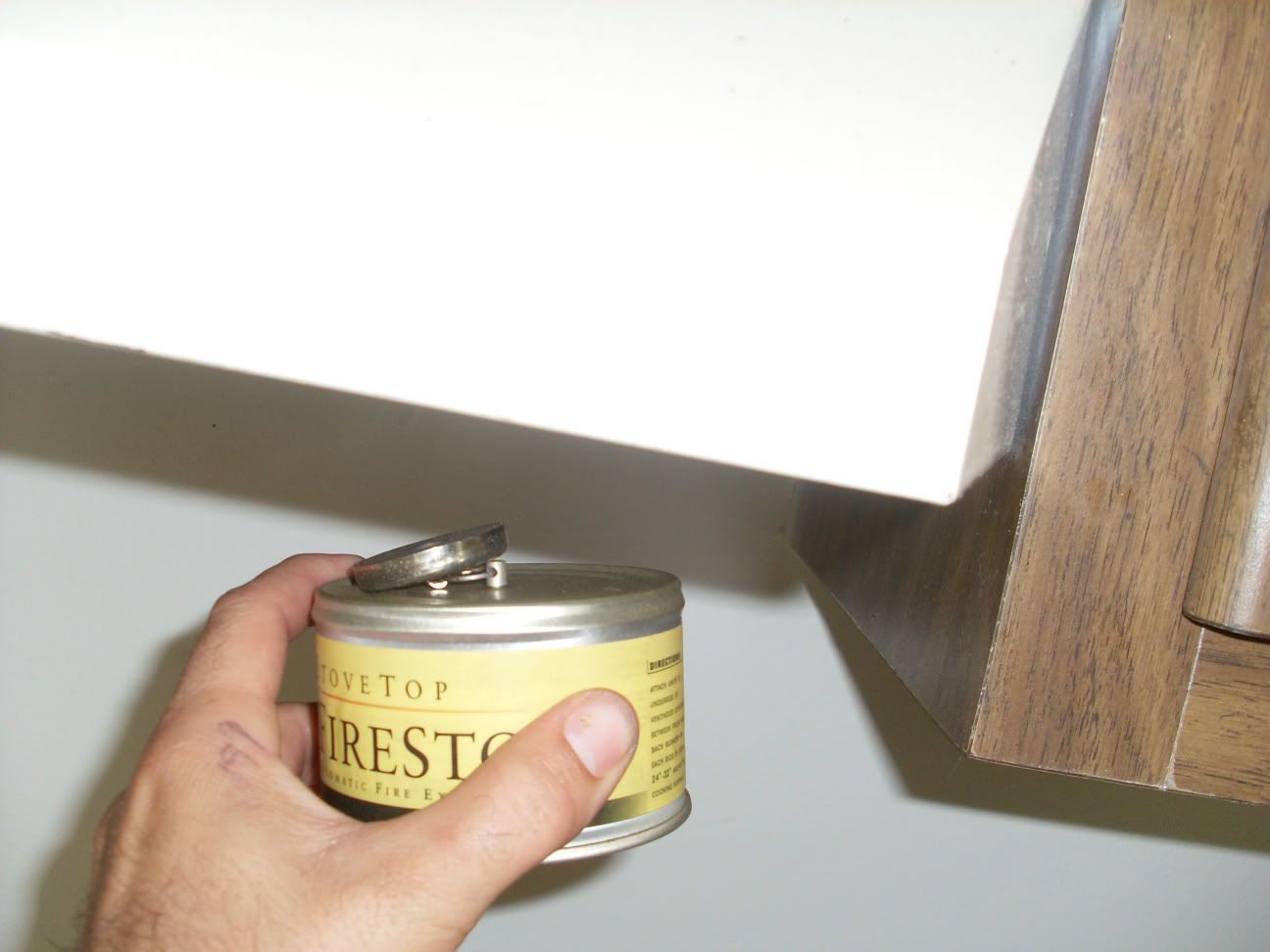
Once you install the
range queens your done !
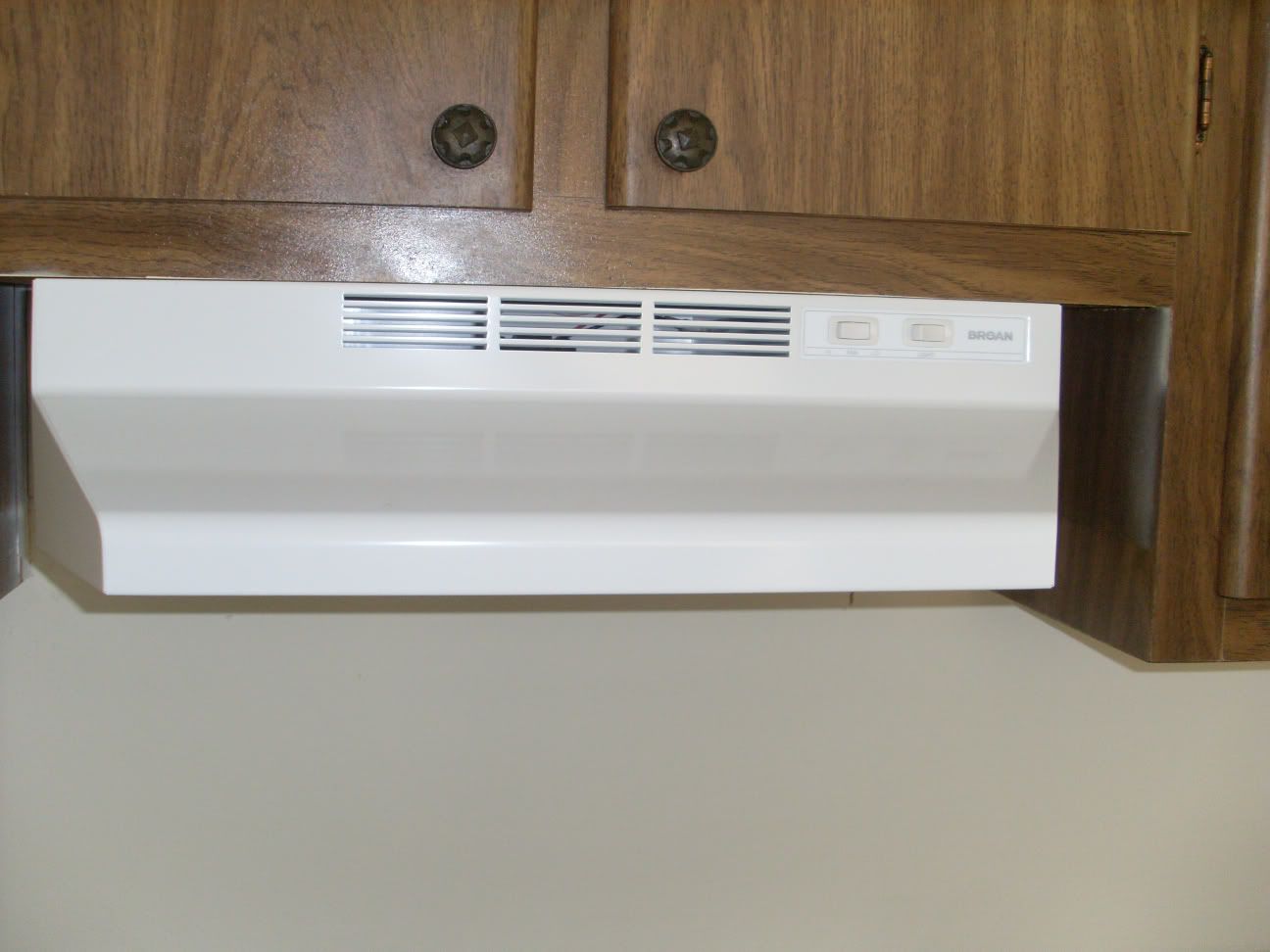
This is the finishing install. You will notice that there is a gap on both sides, this is because the
range hood I installed was only 24 inches and I really needed a 30 inch range hood. I still installed it though because I had to get the apartment ready to rent. If your doing this for your own home please make sure you take an accurate measurement be purchasing
range hoods. Hope this tutorial
"Install a Range Hood" was helpful to those who viewed it, leave the T.B.
Handyman a comment if you have any questions or need help.
Range, Range Hood, Range Queens, 
















